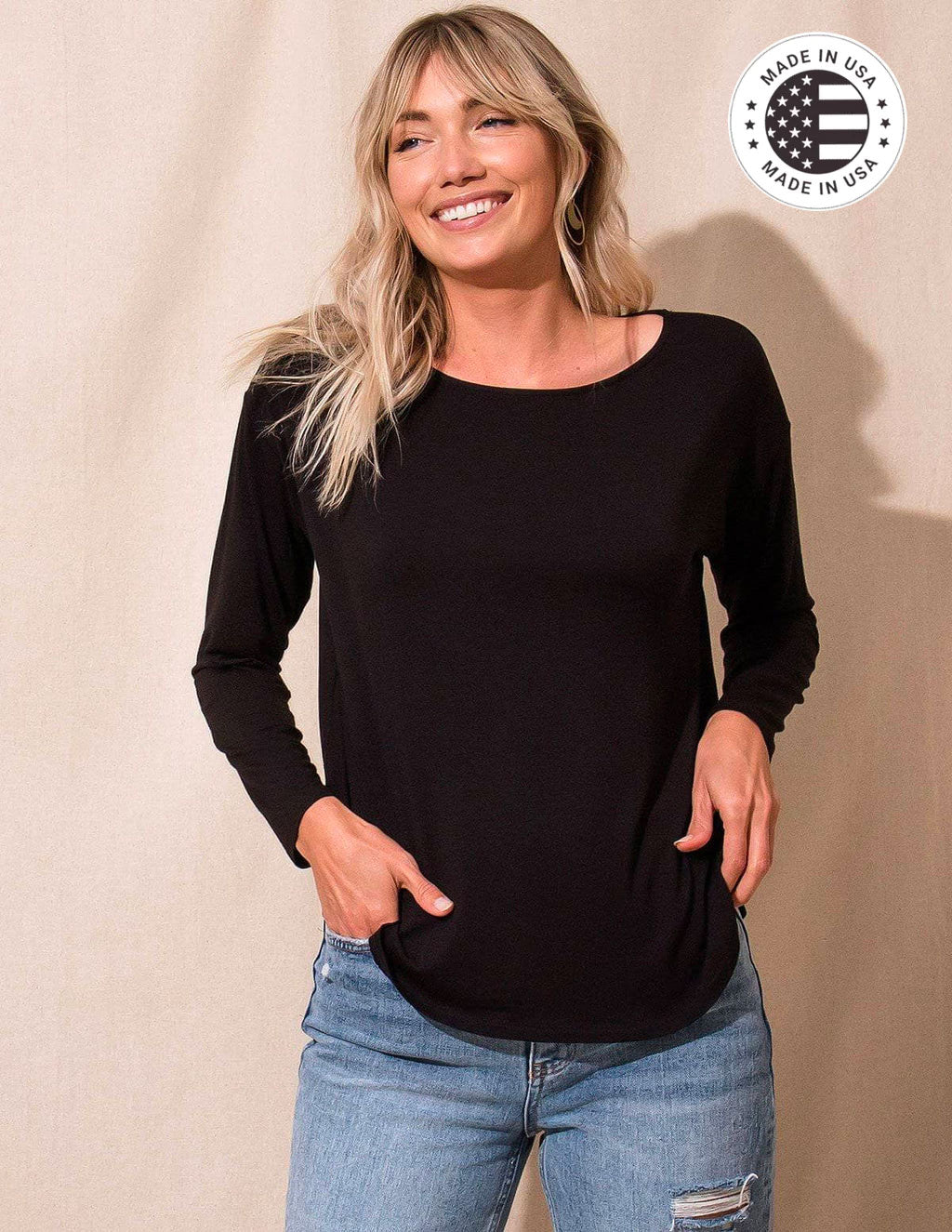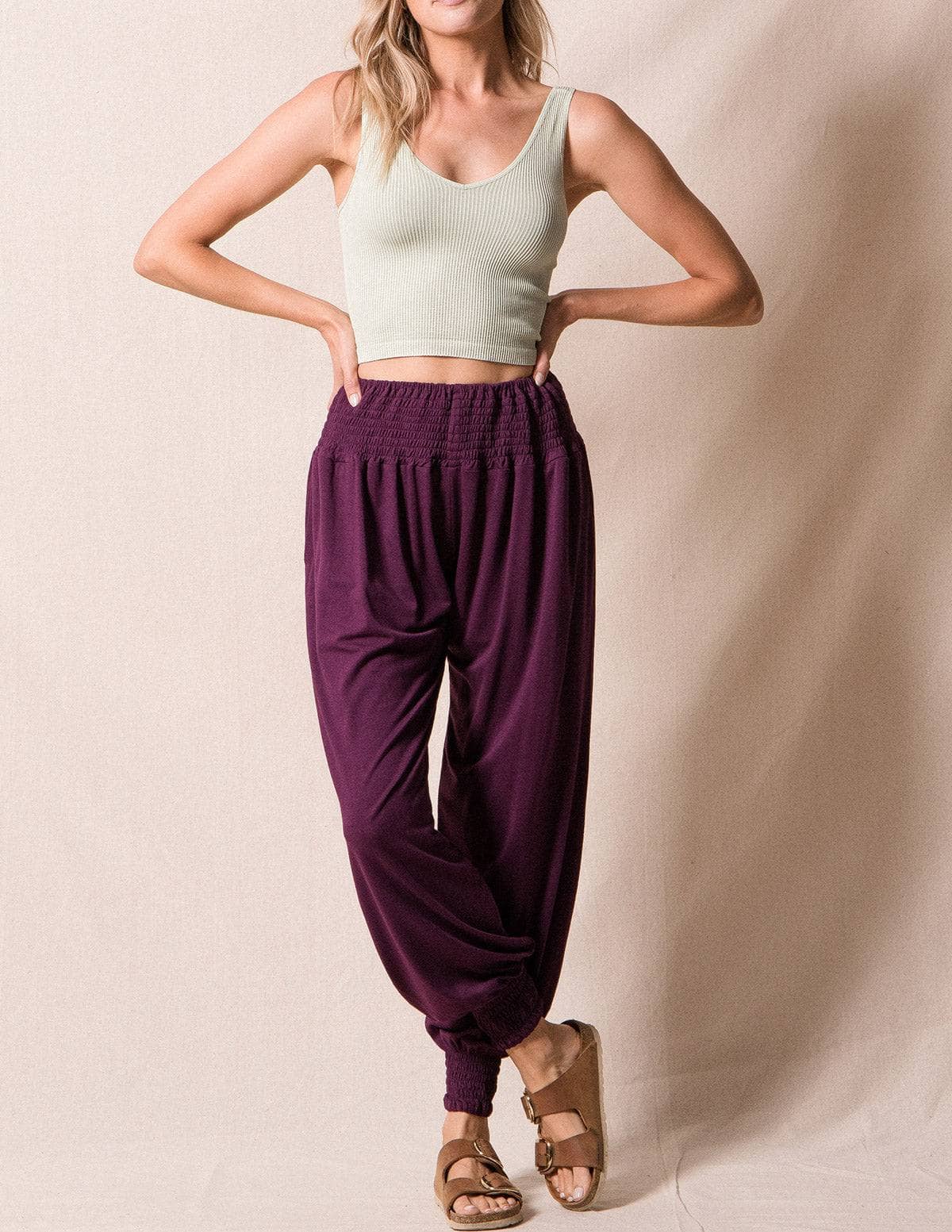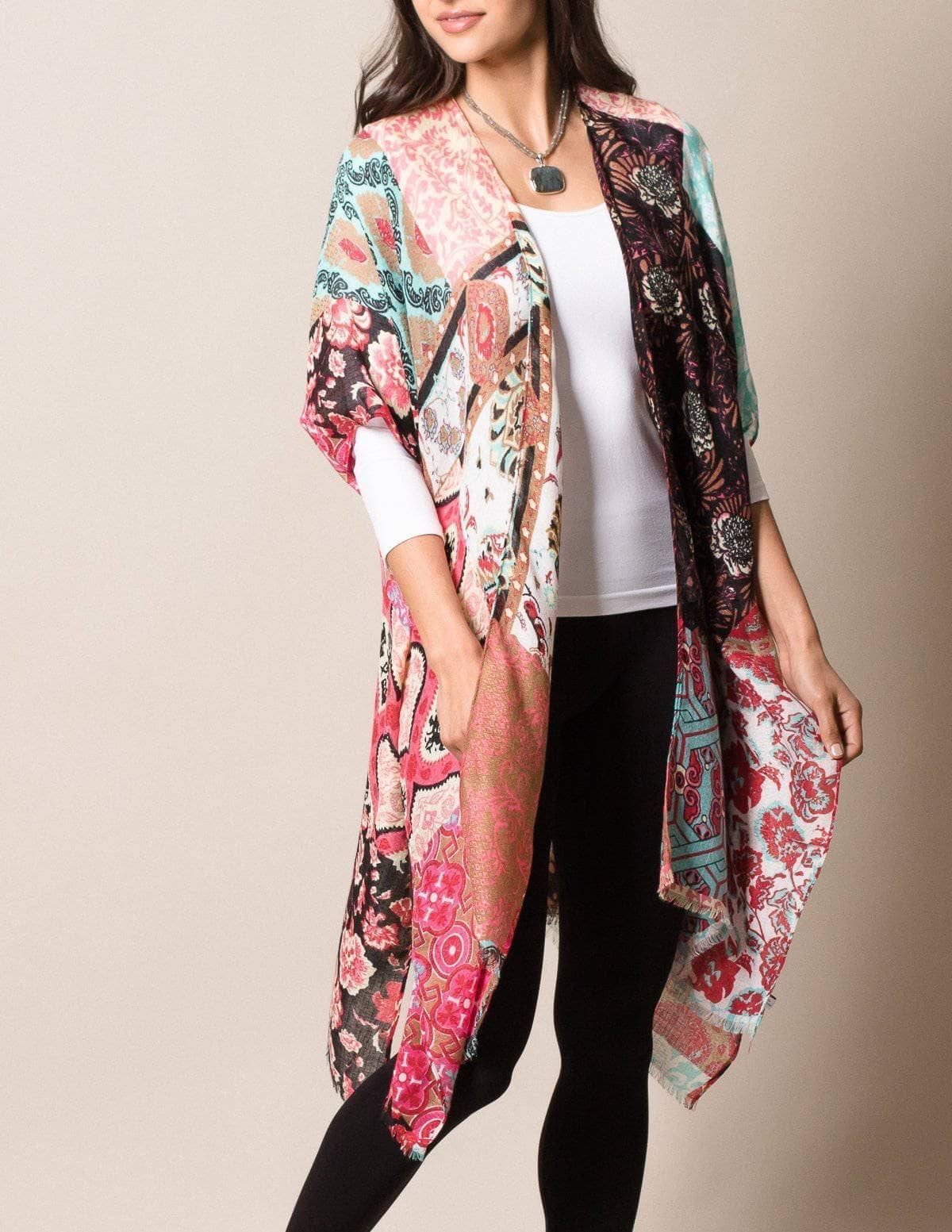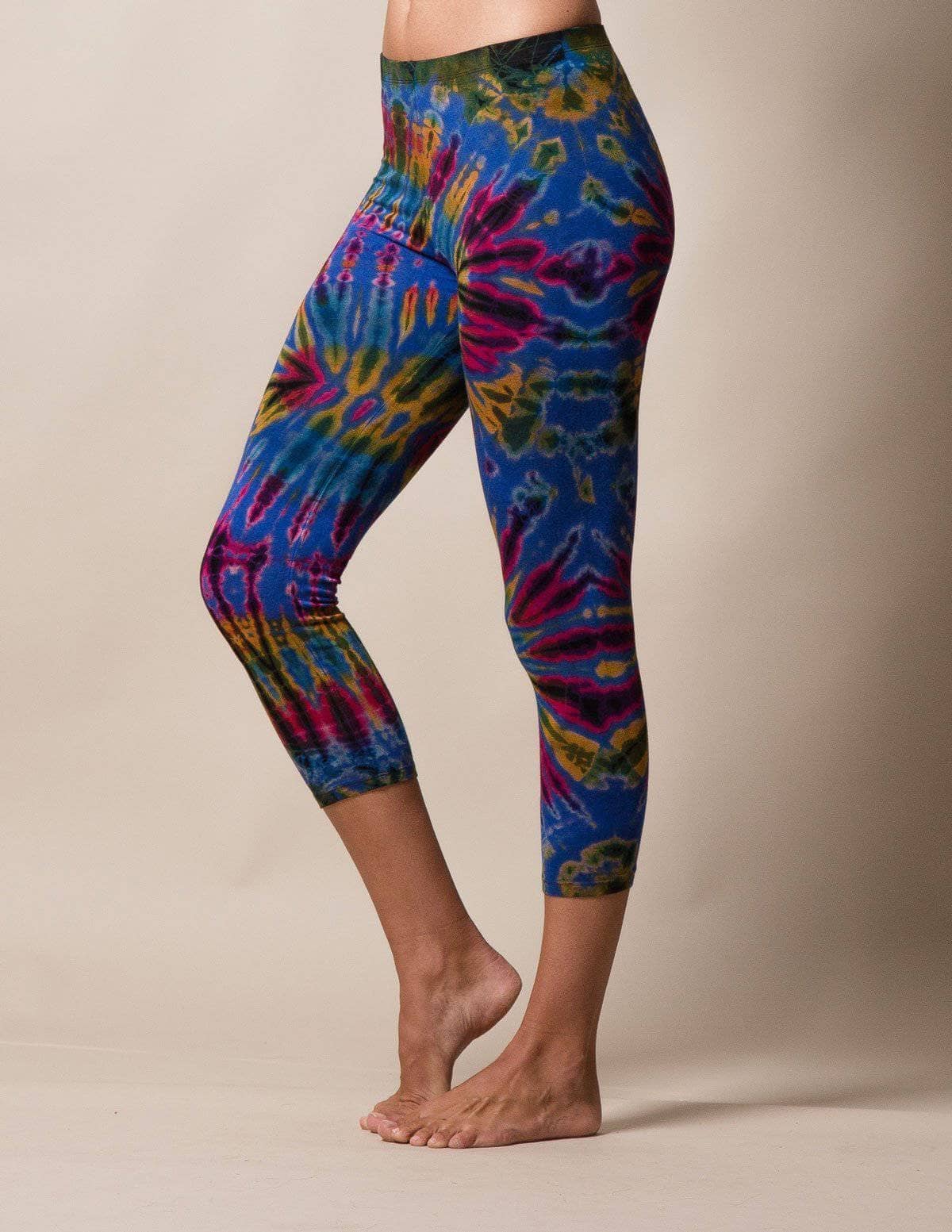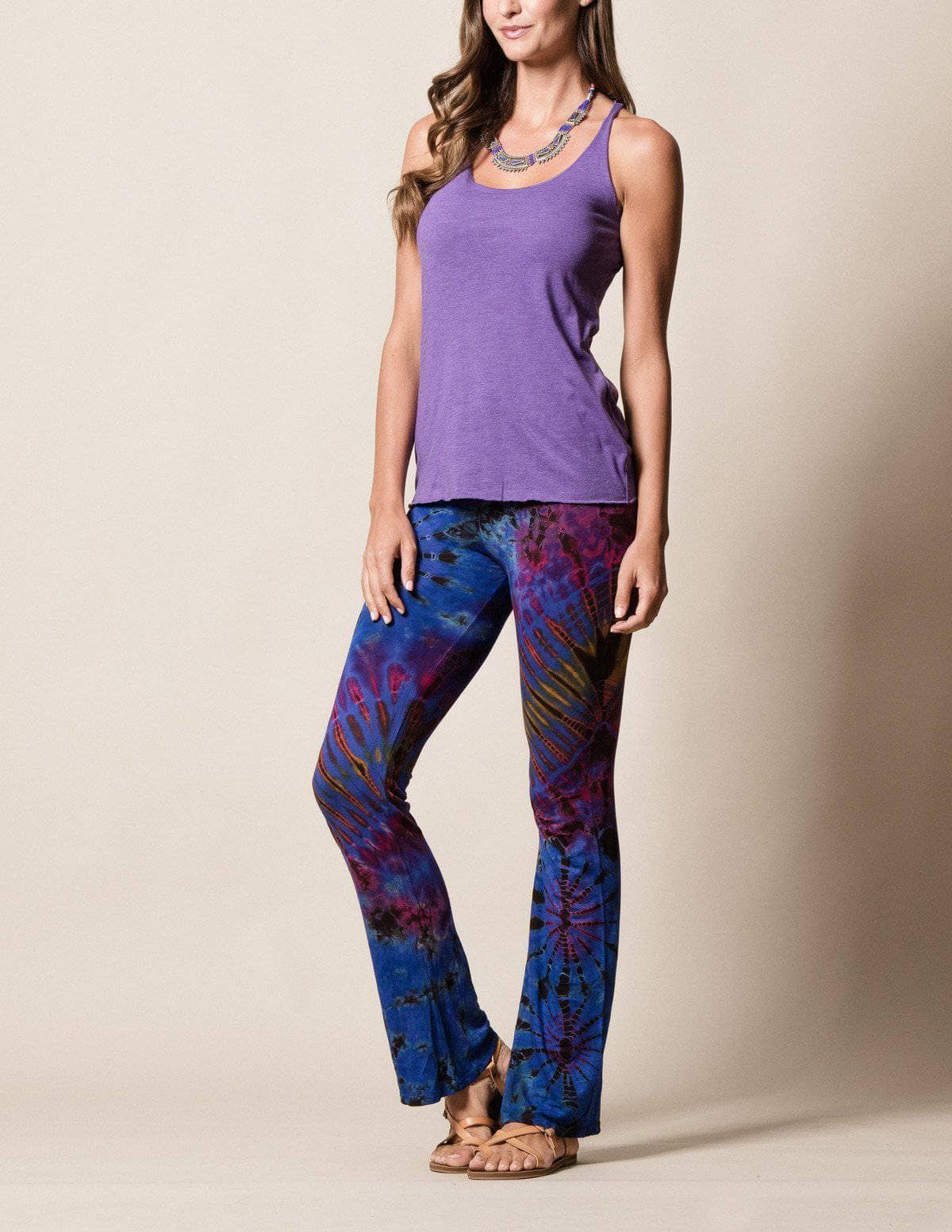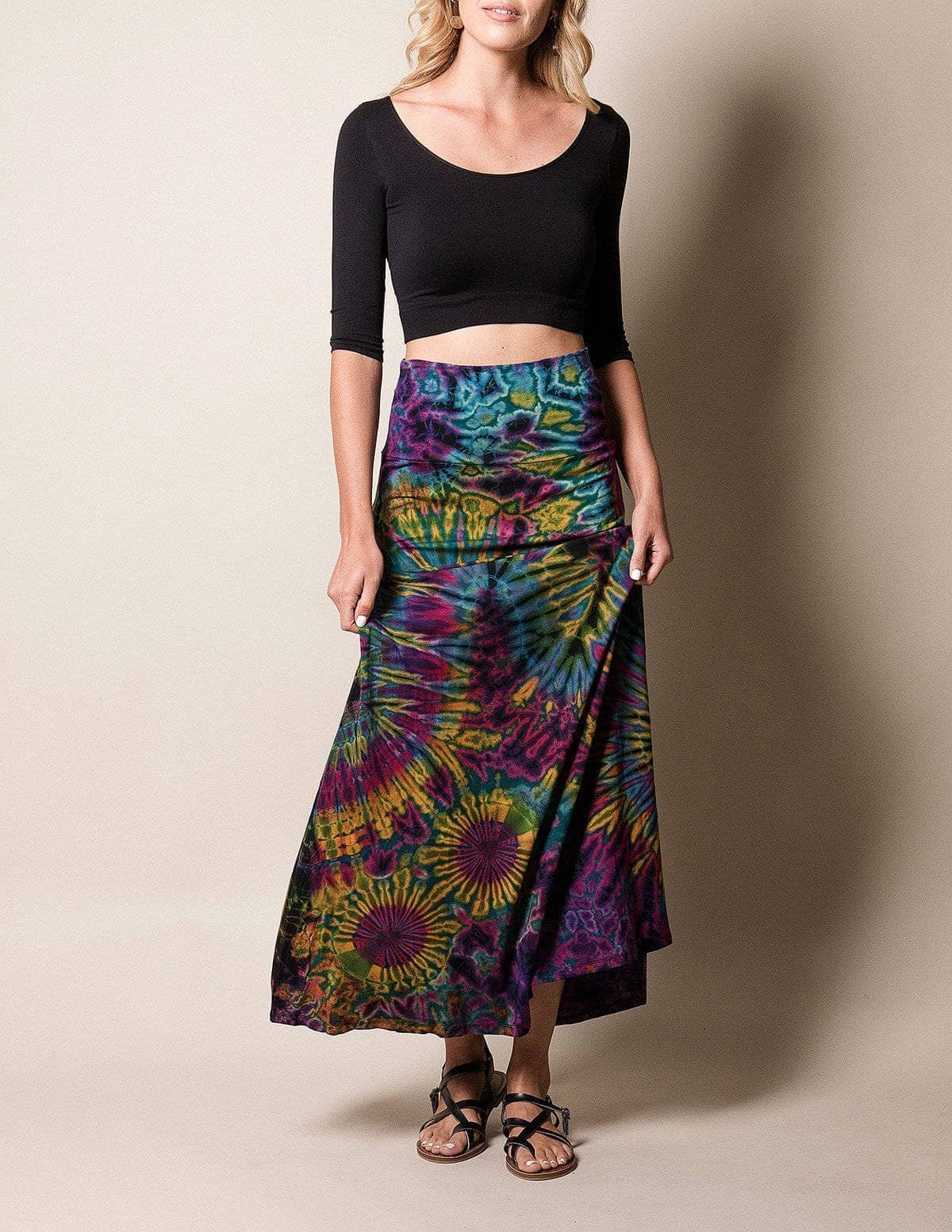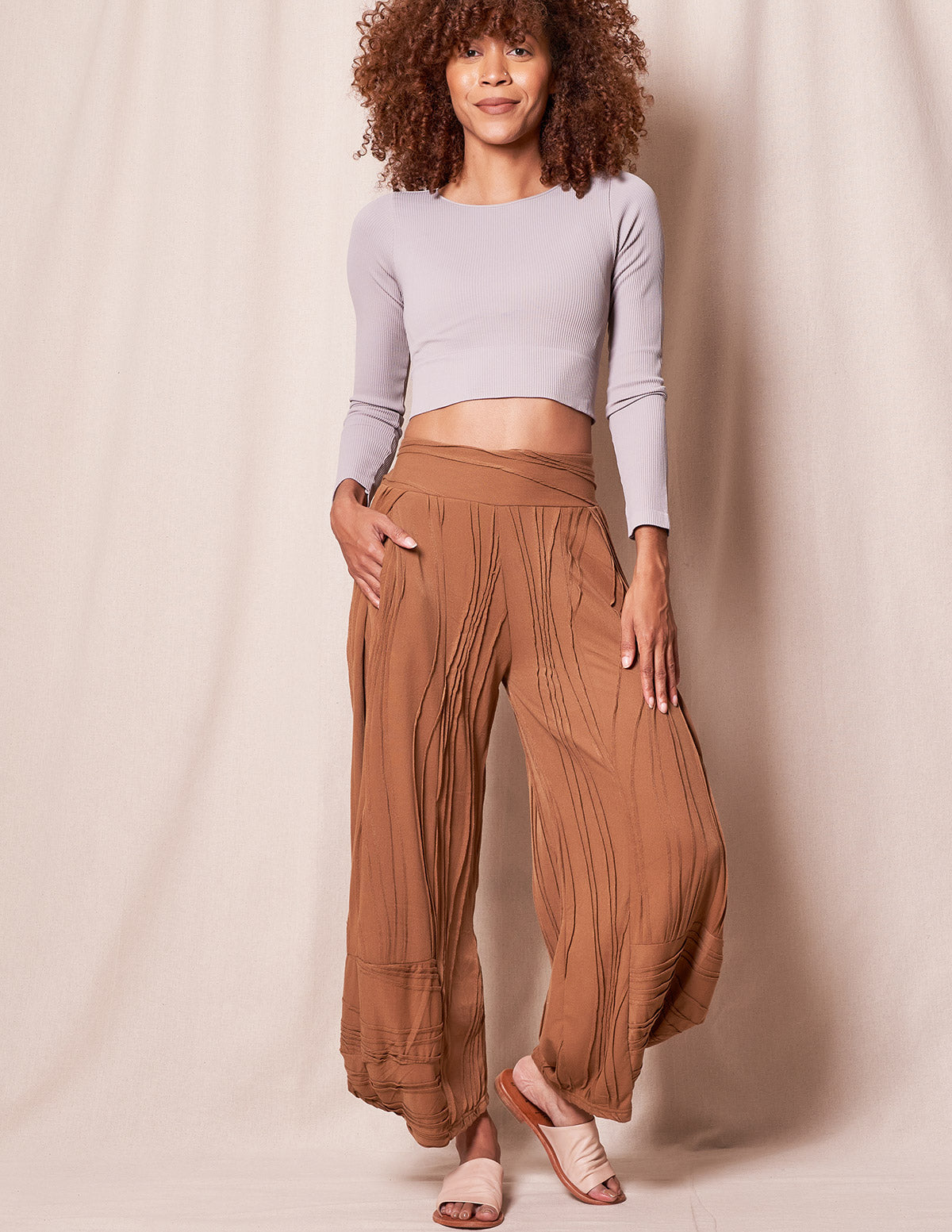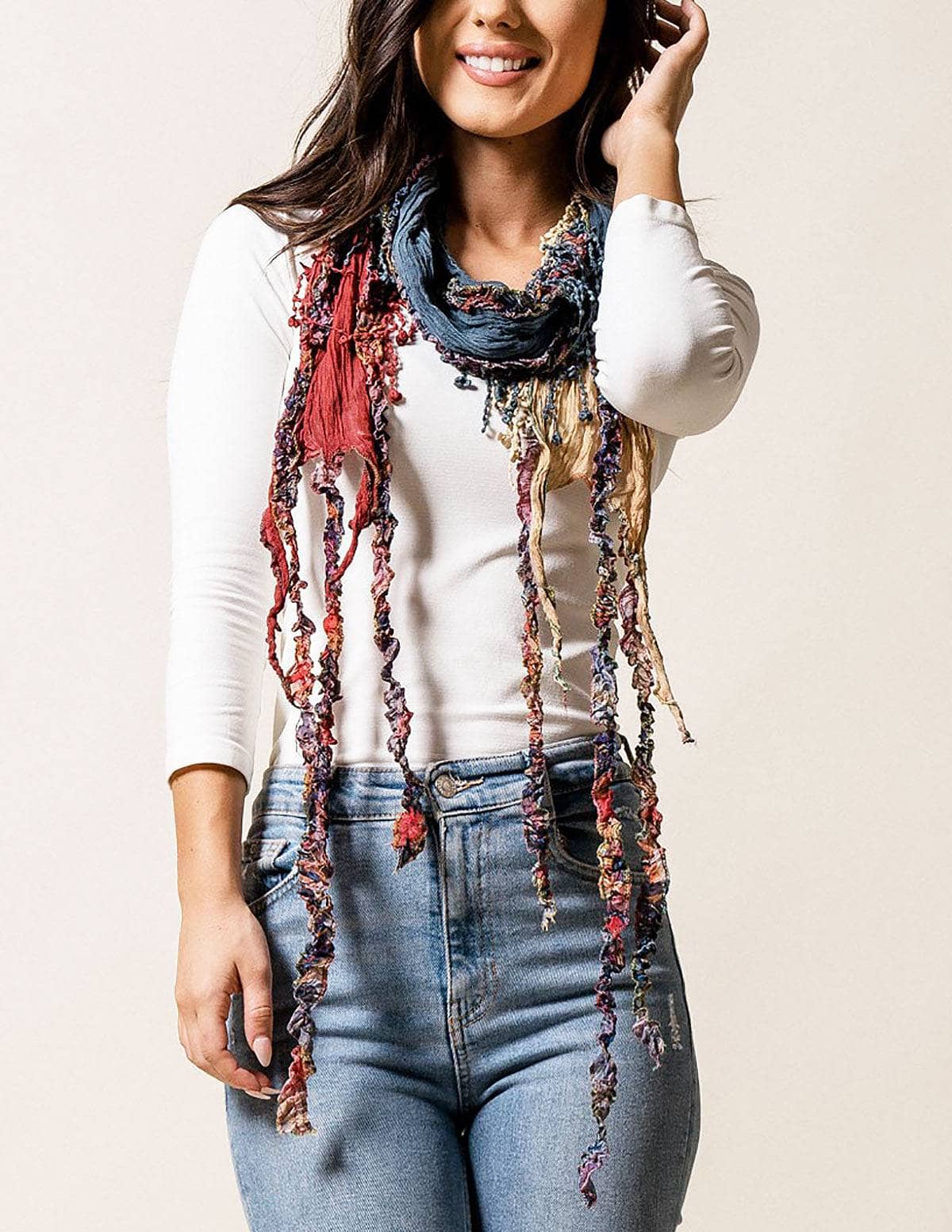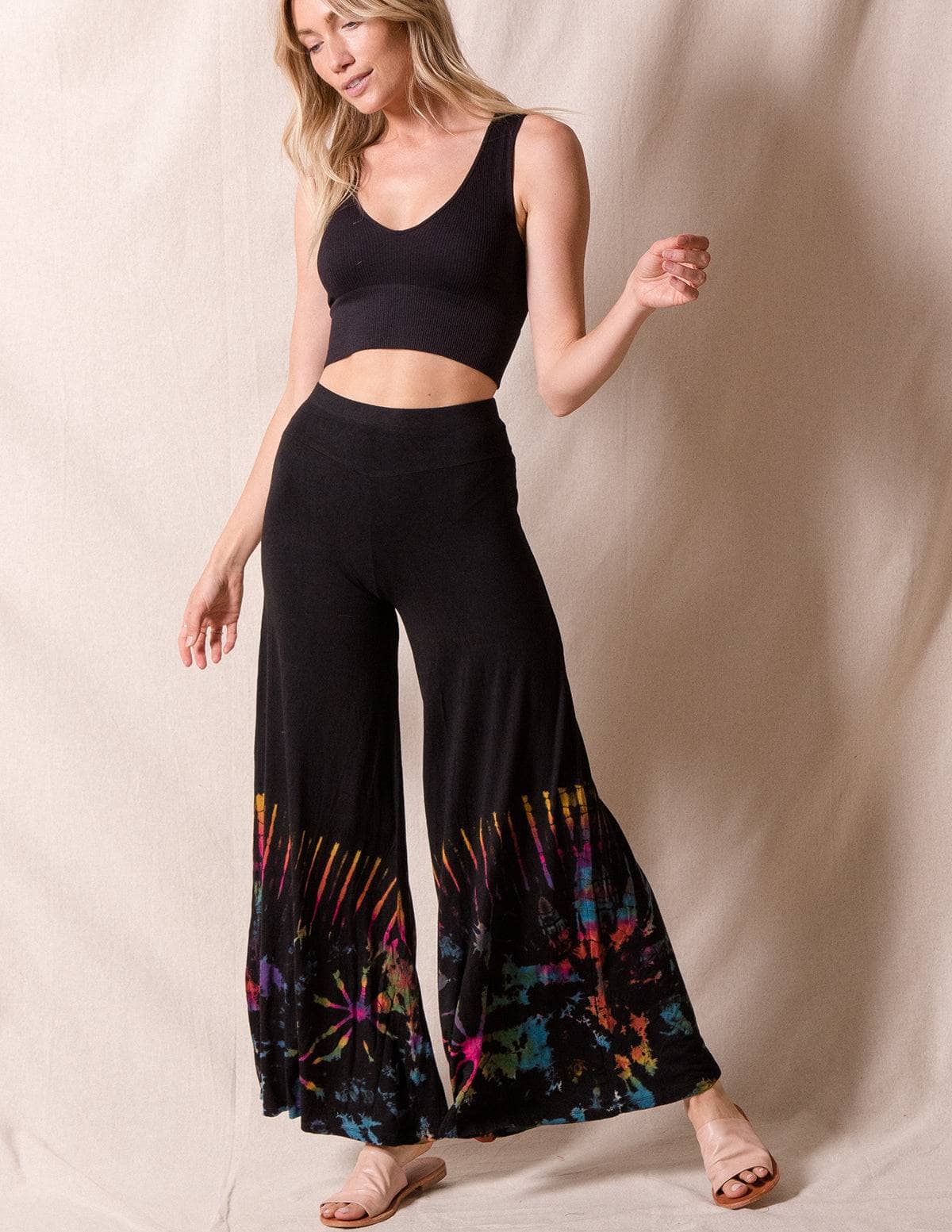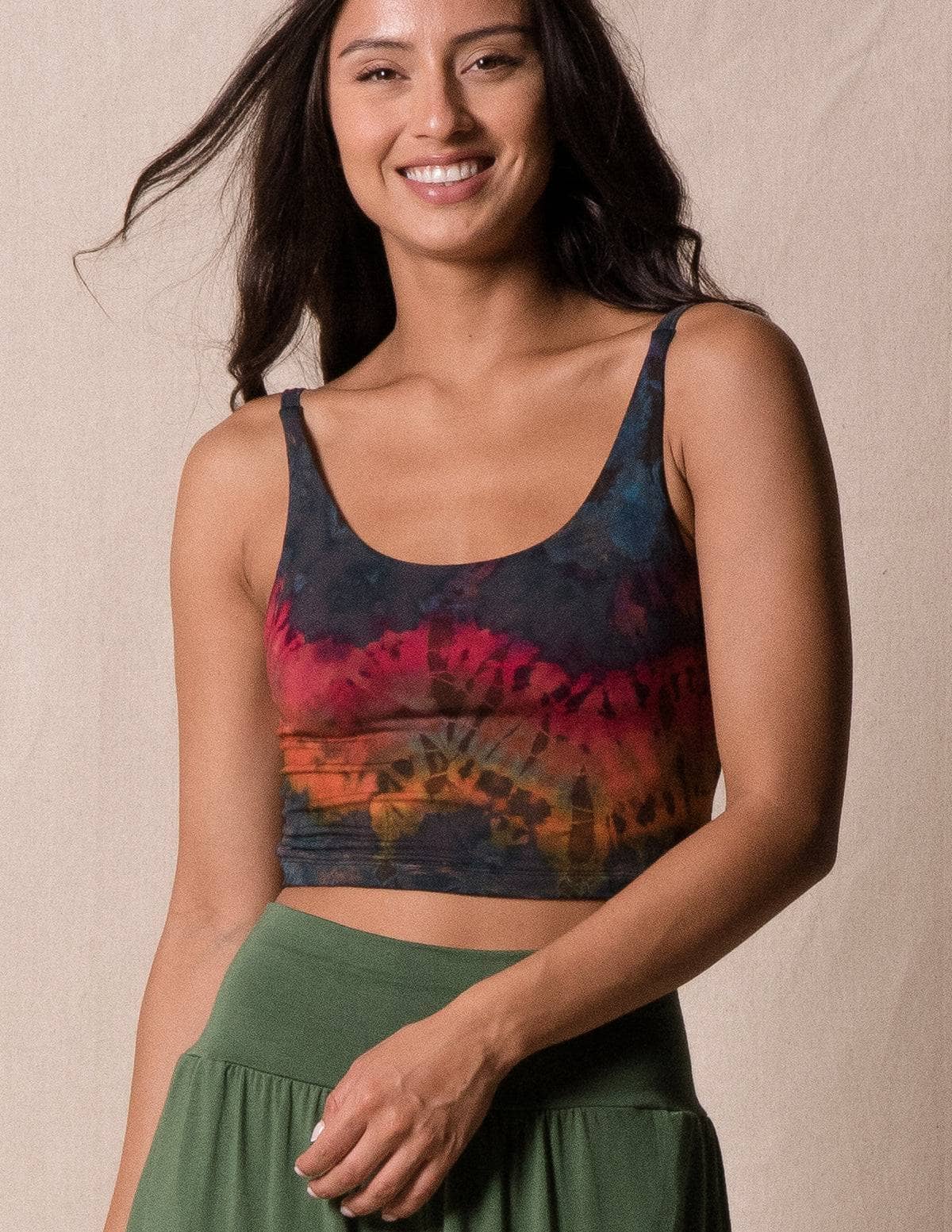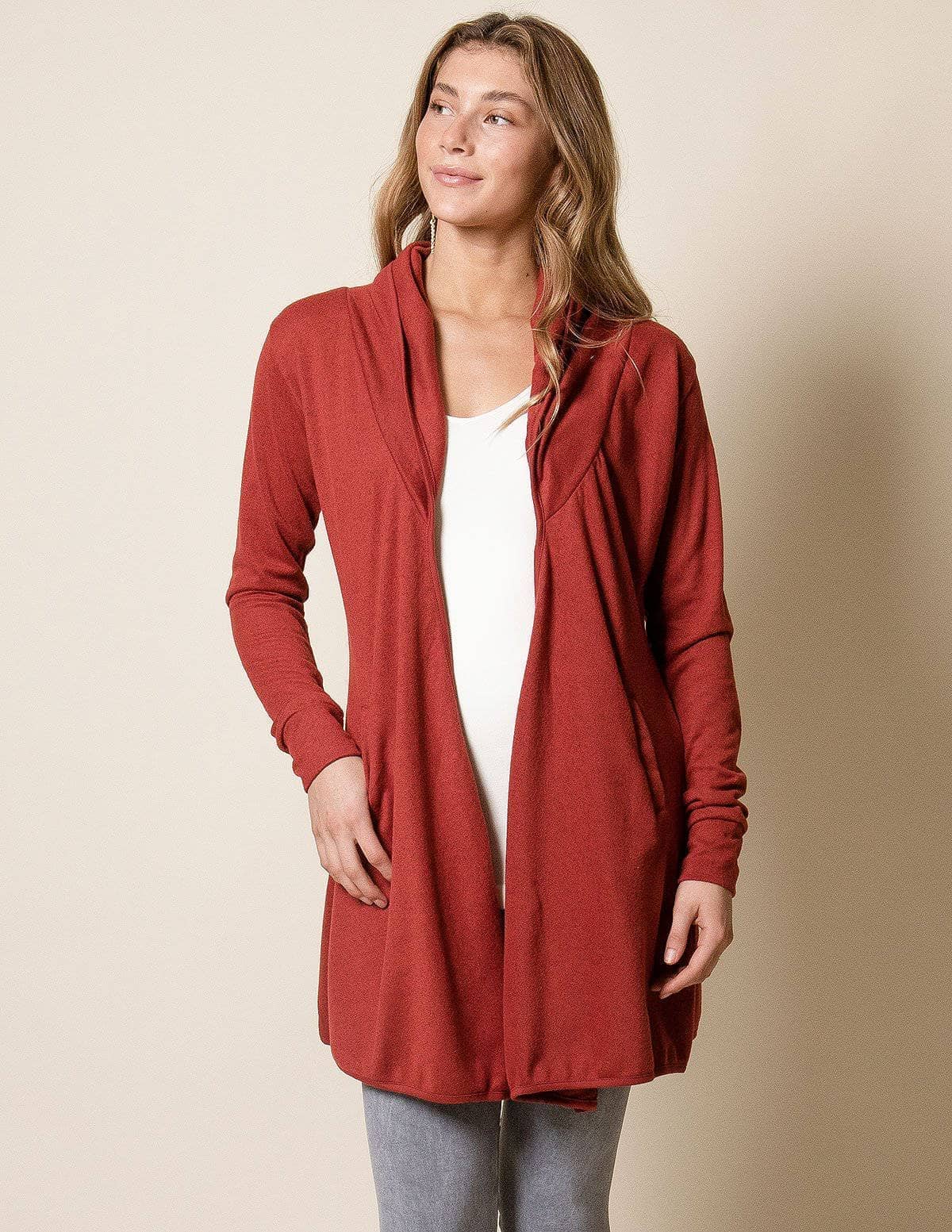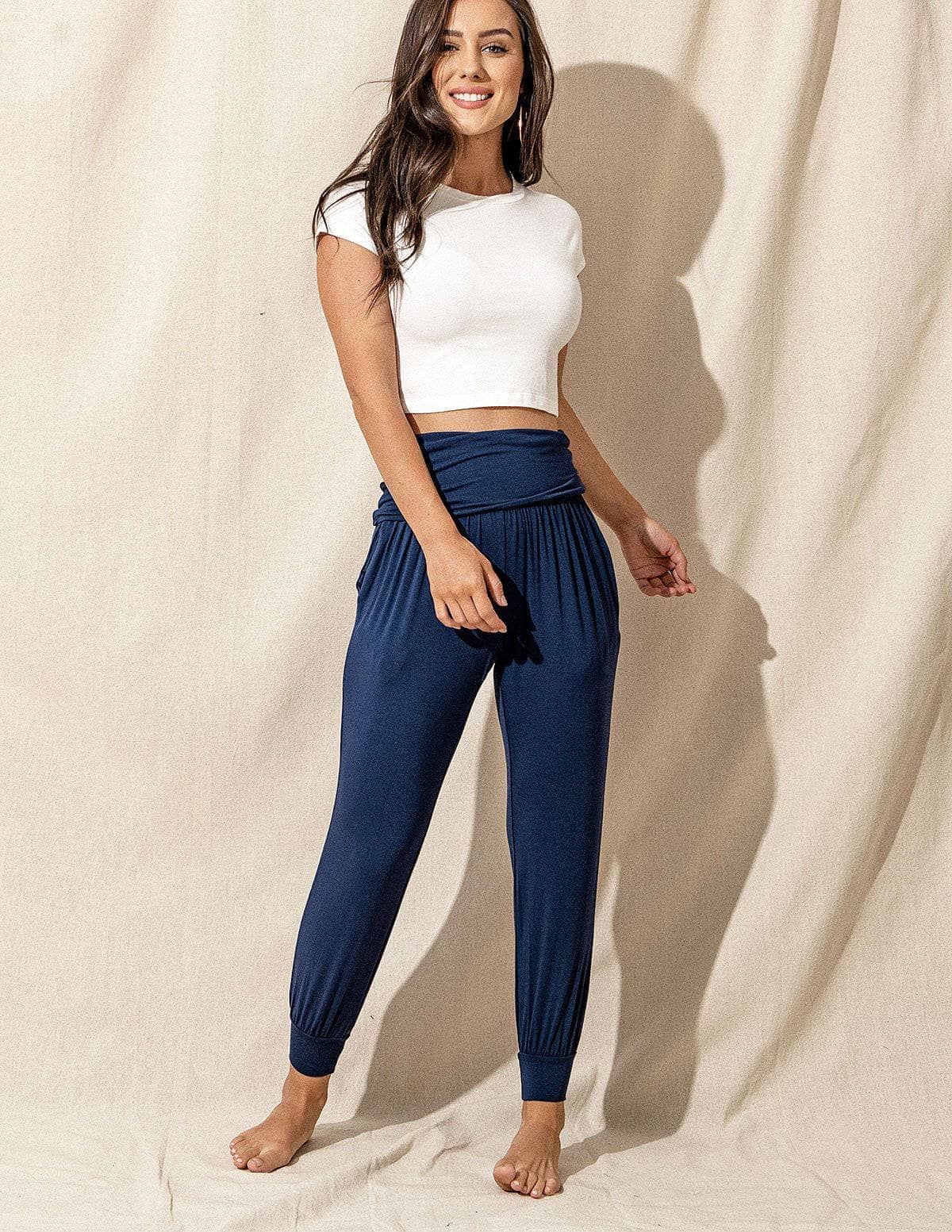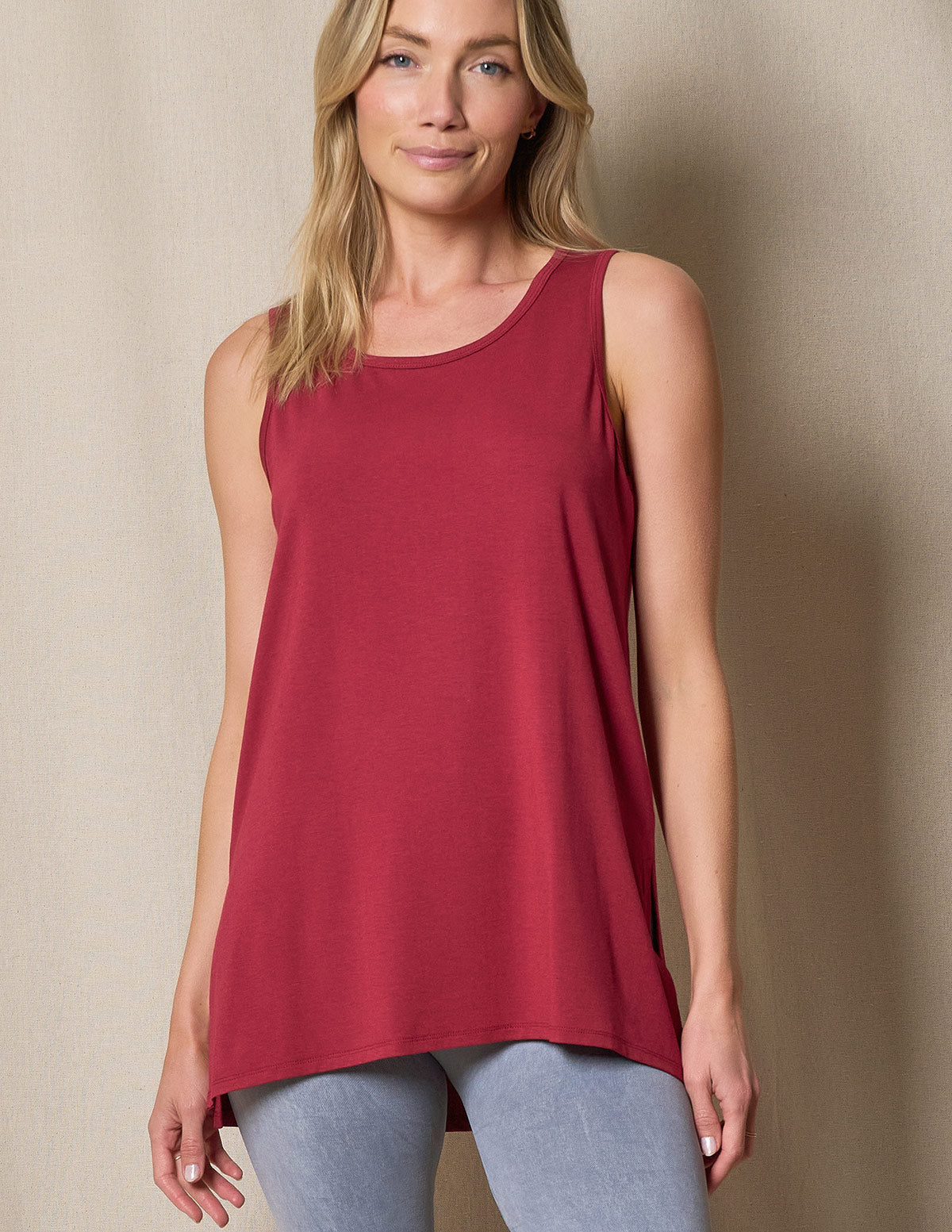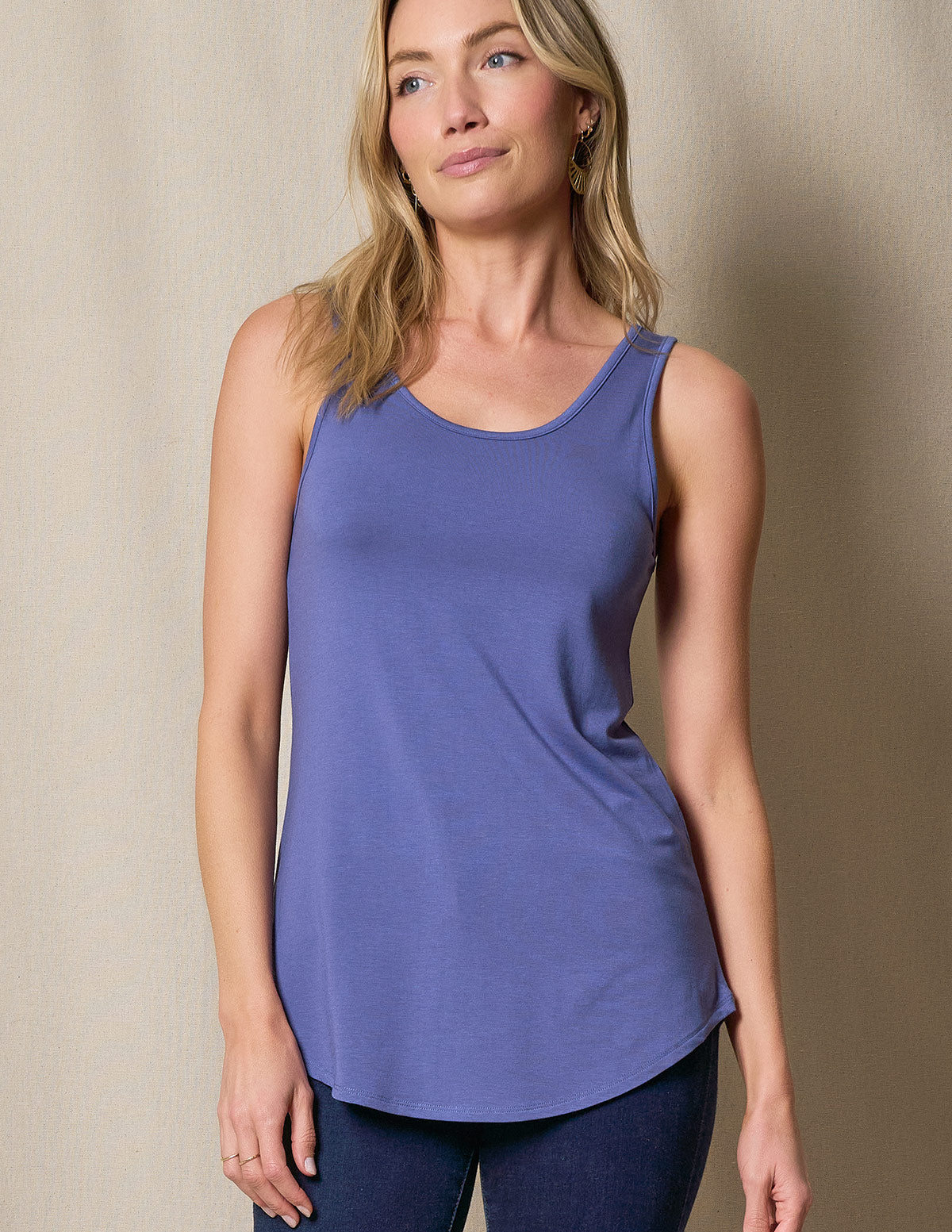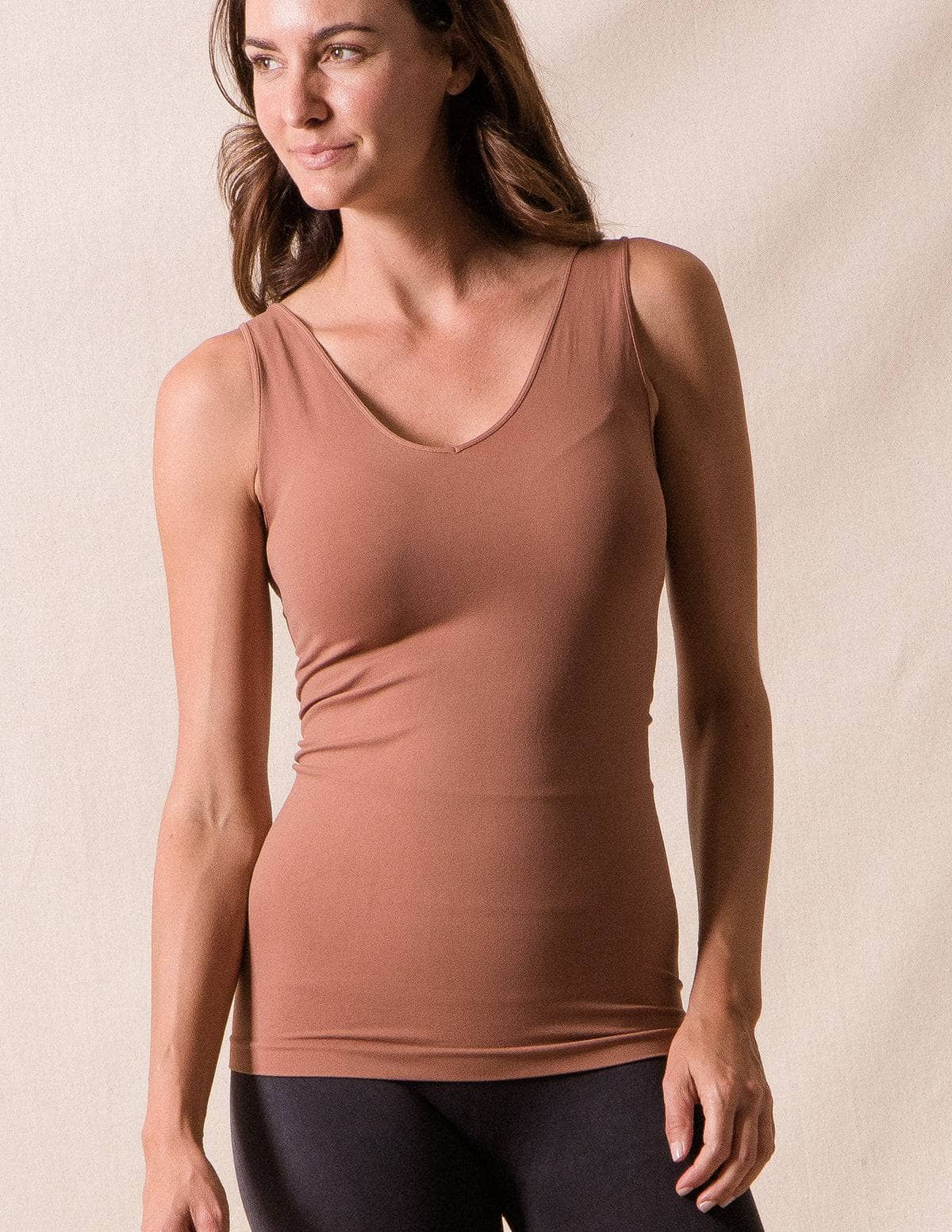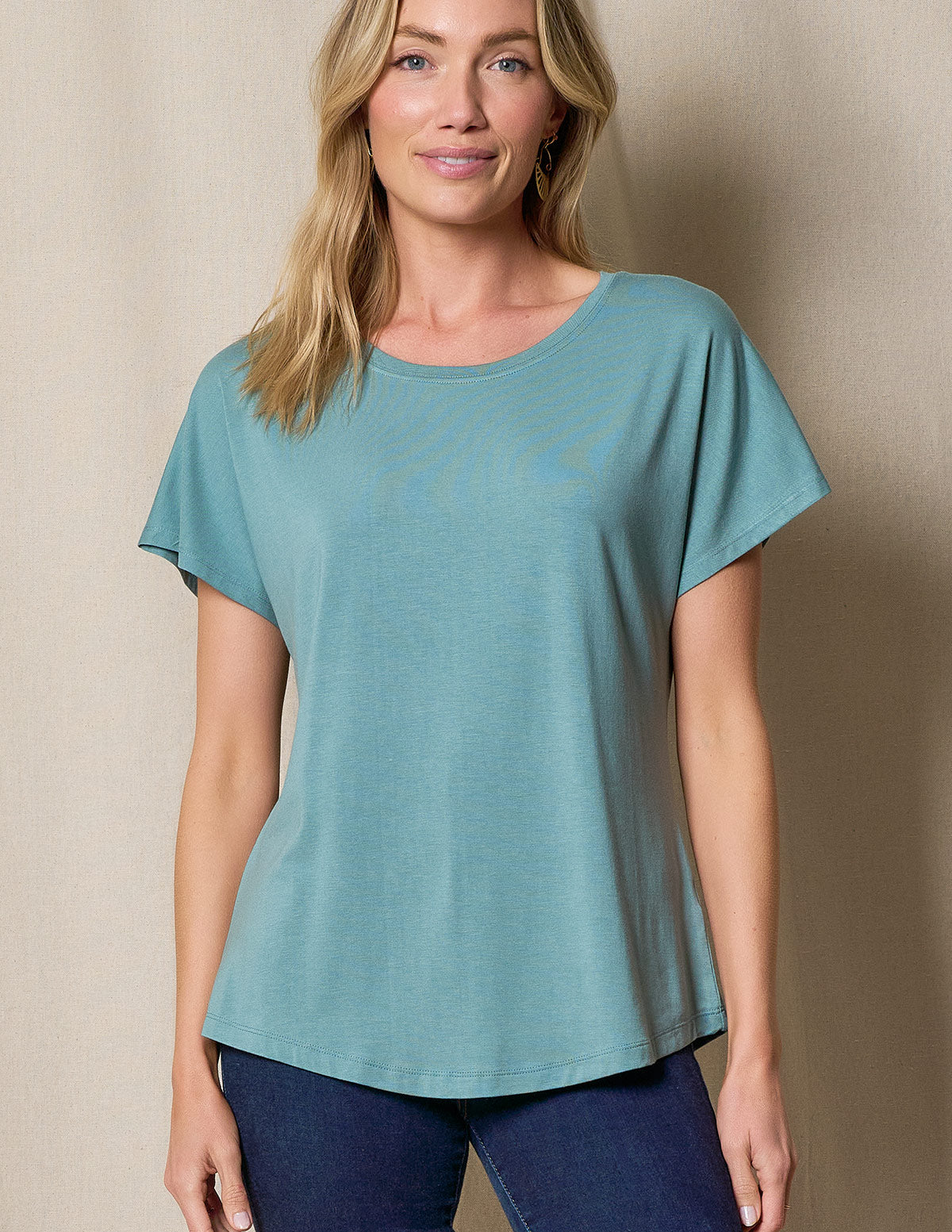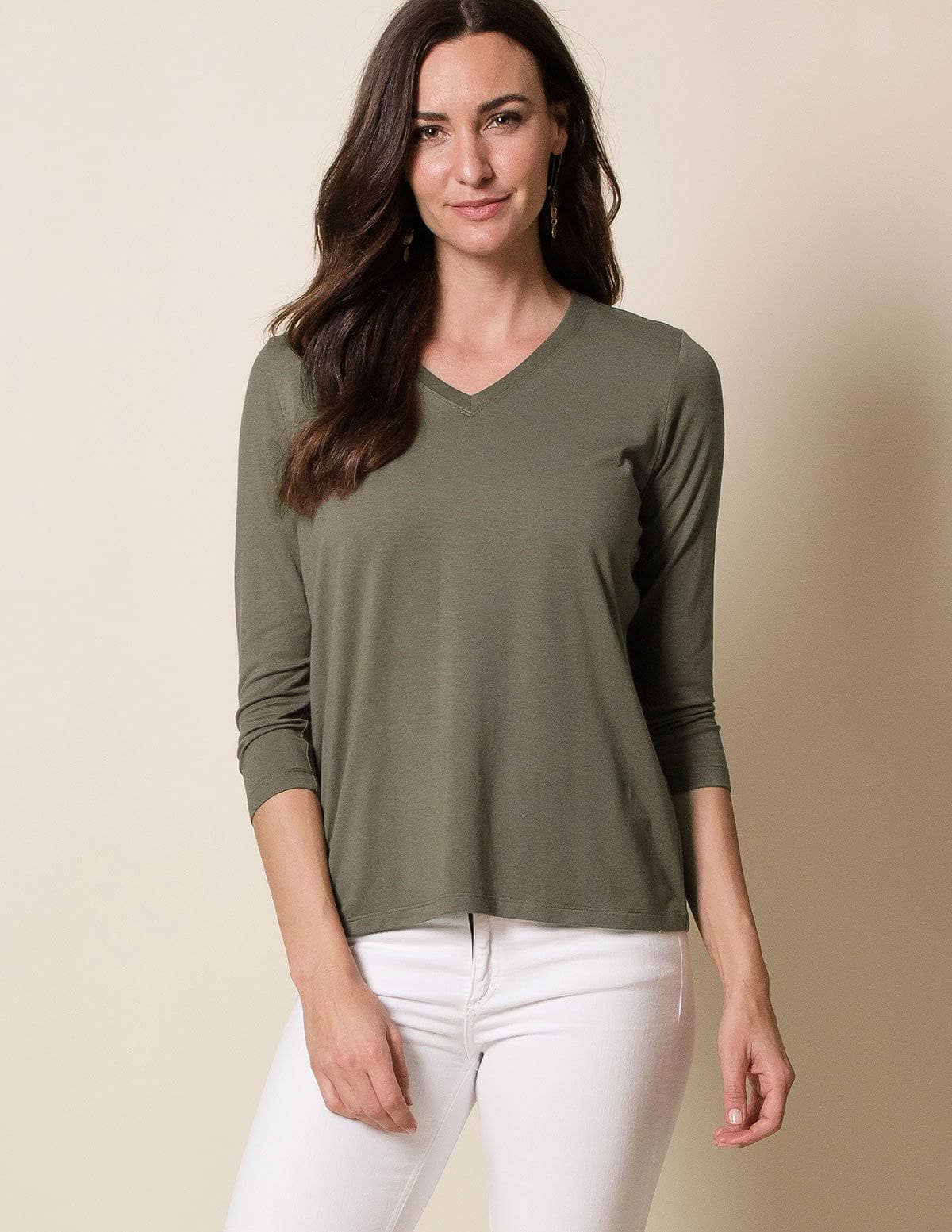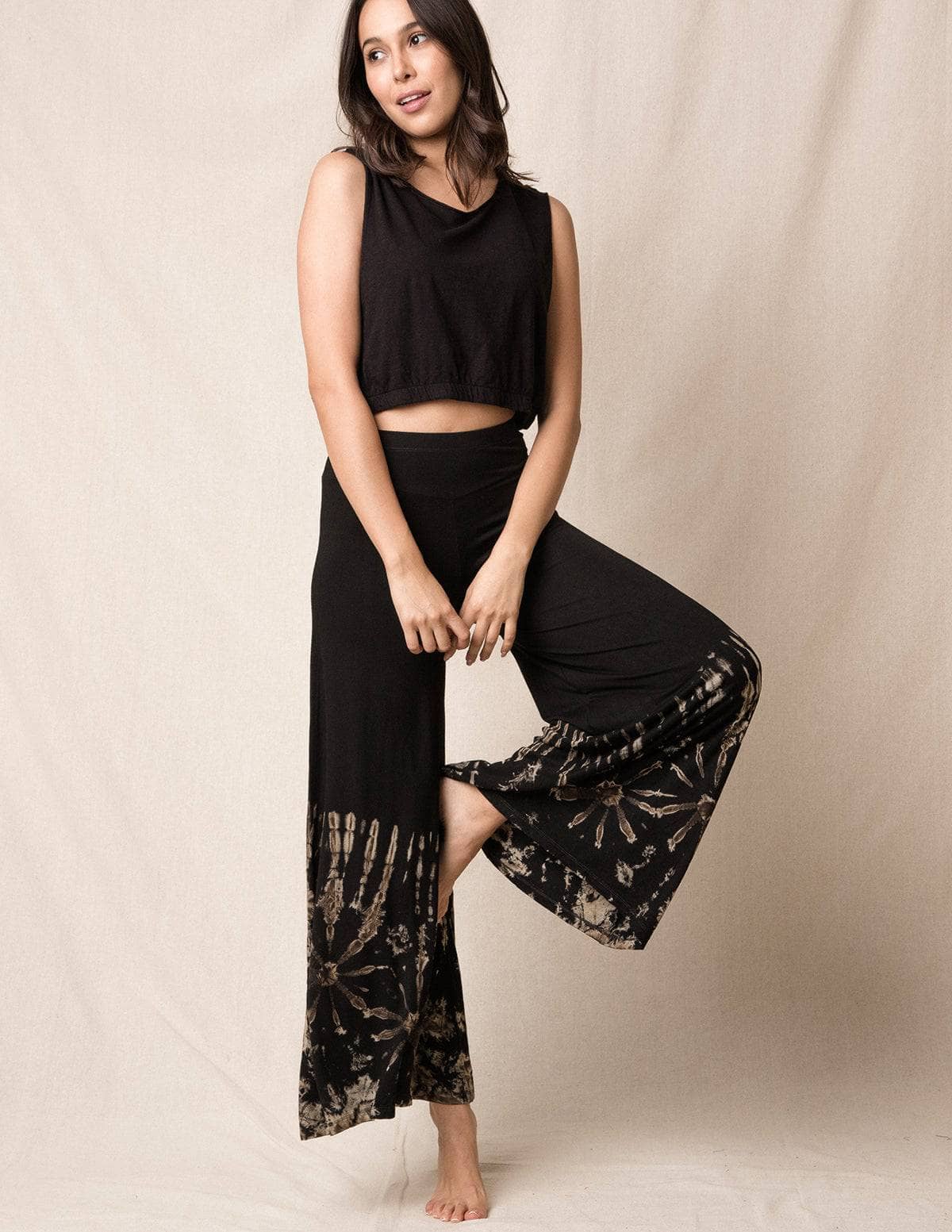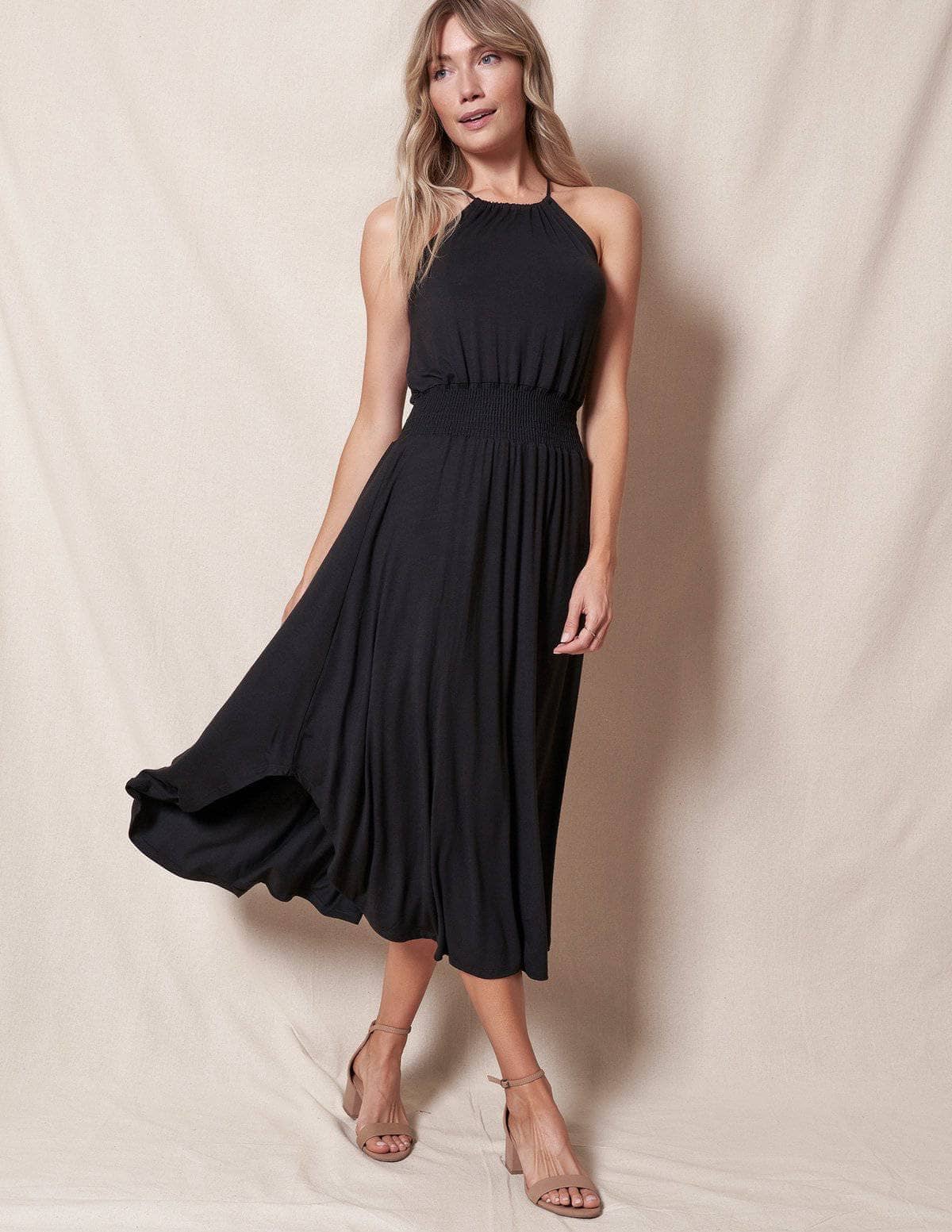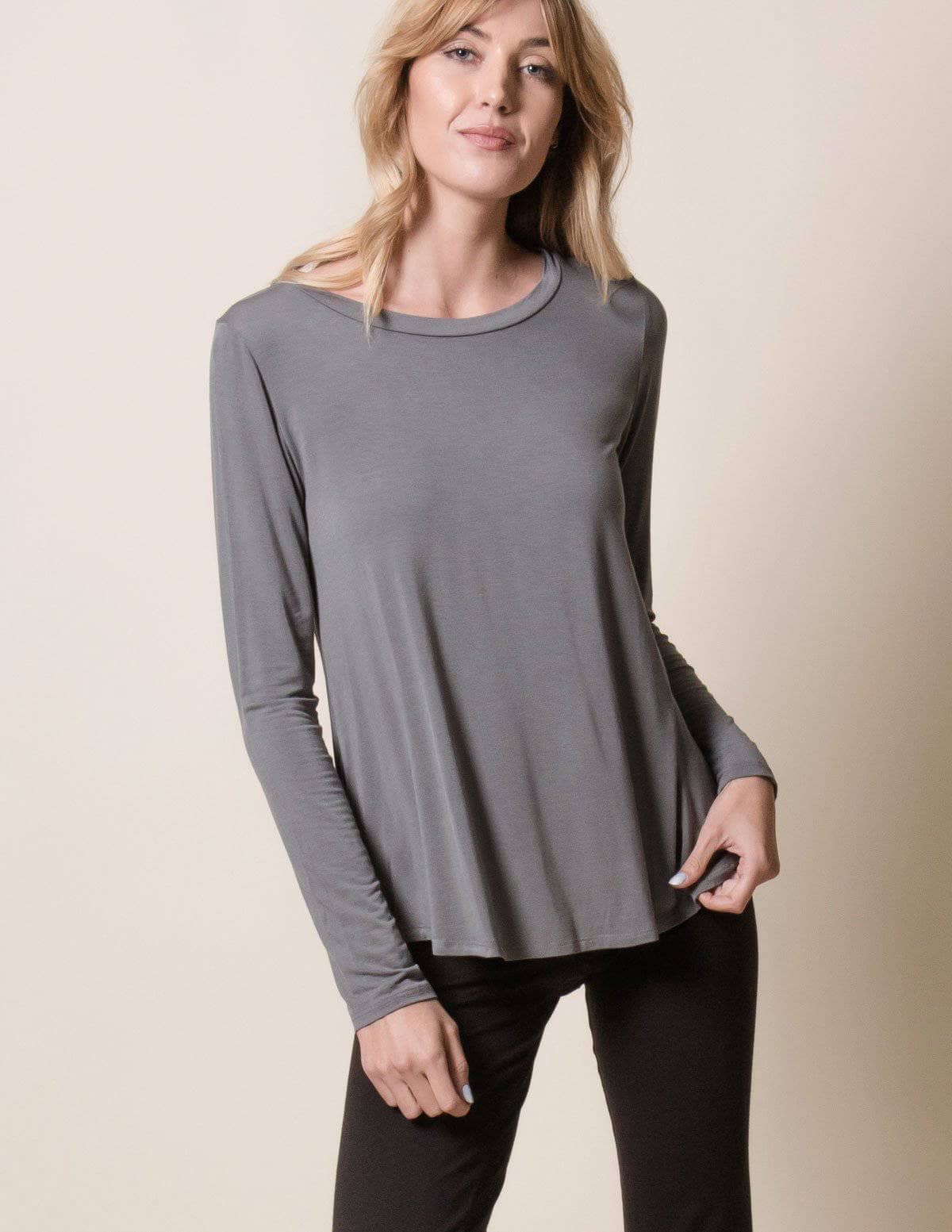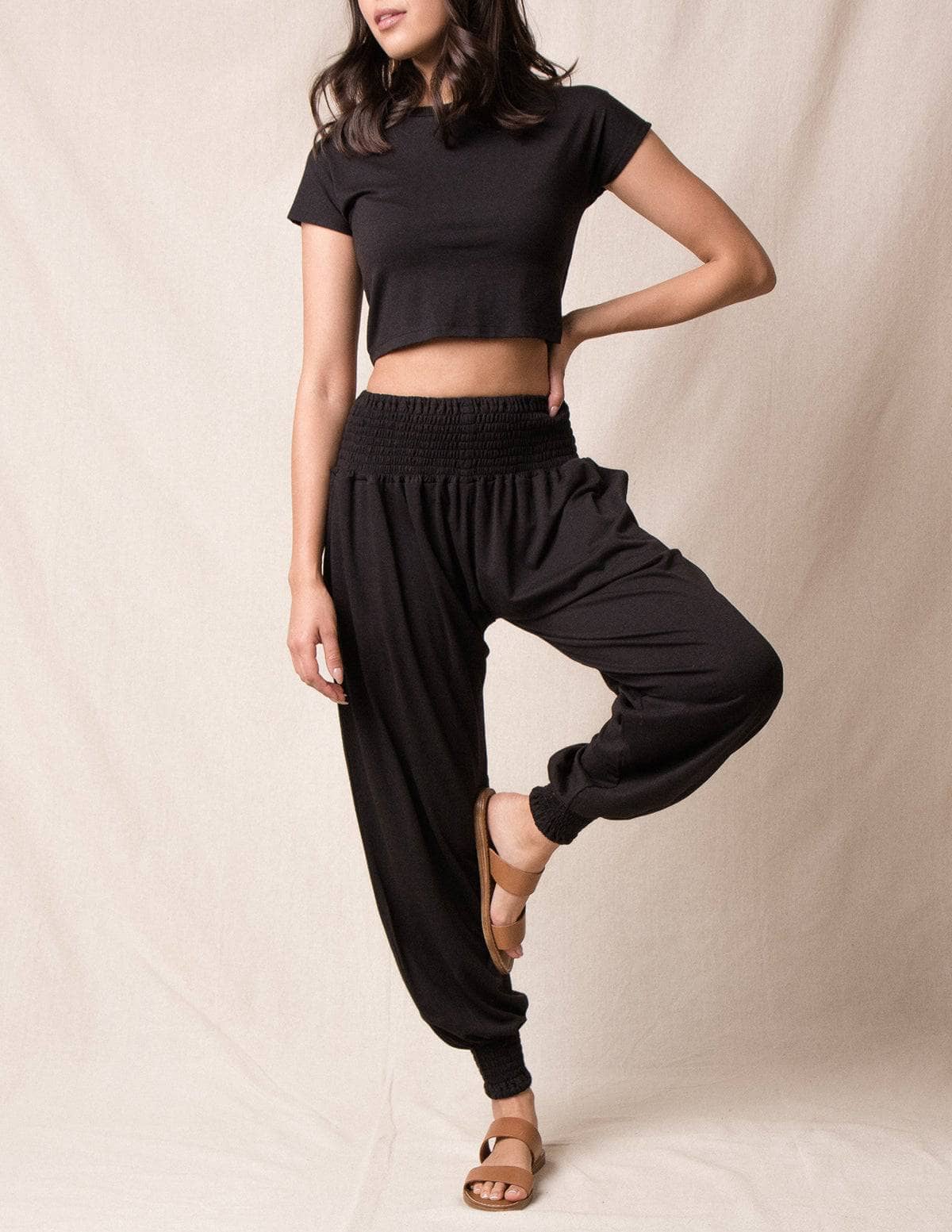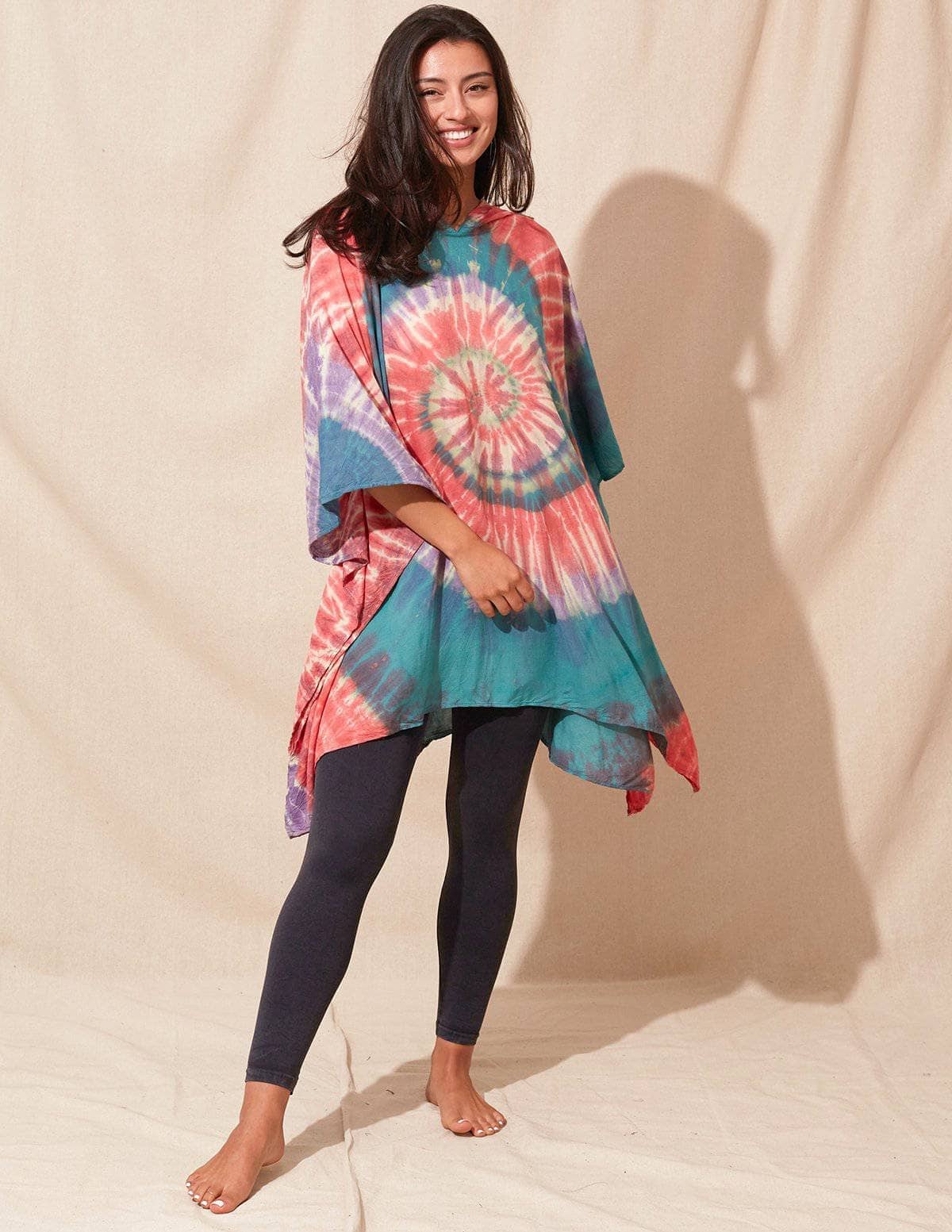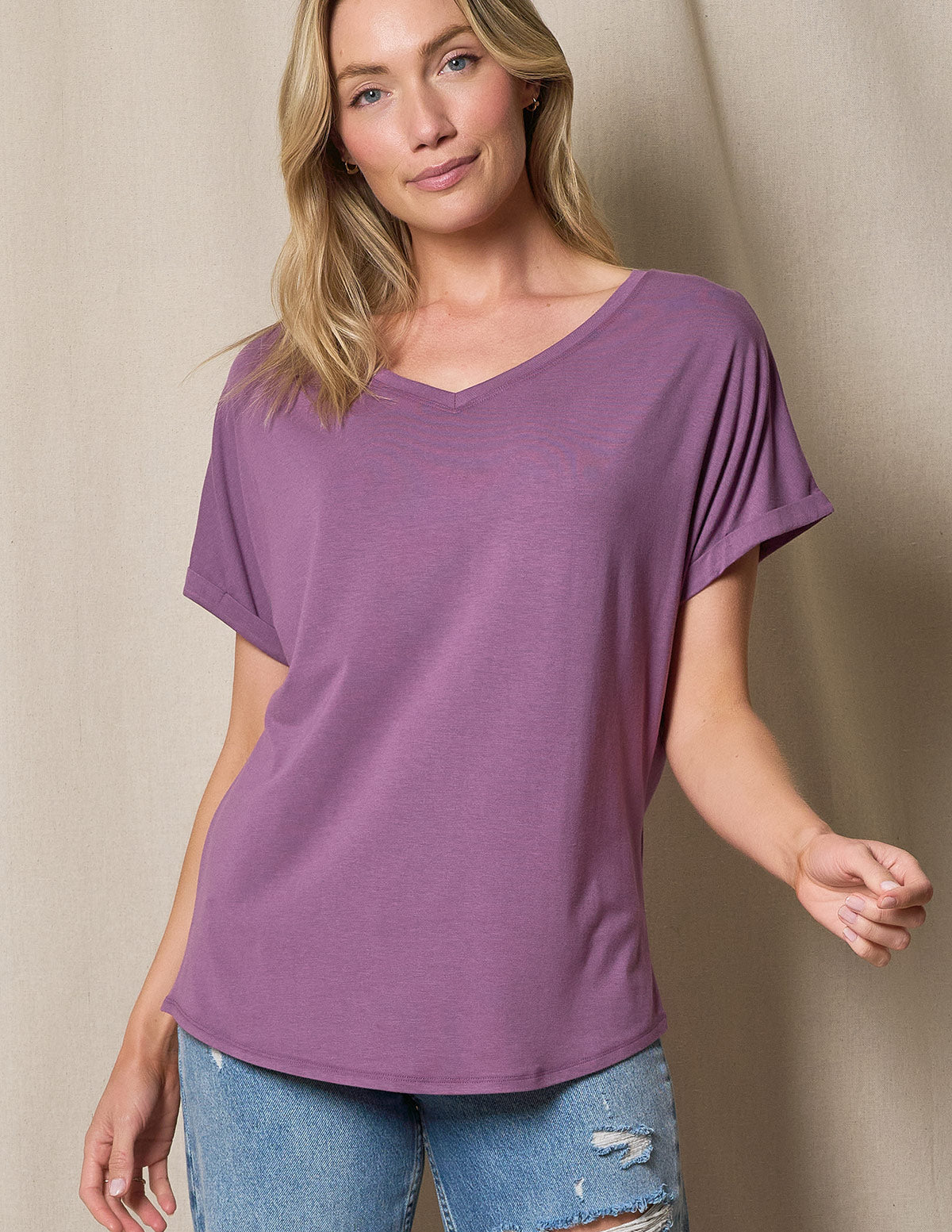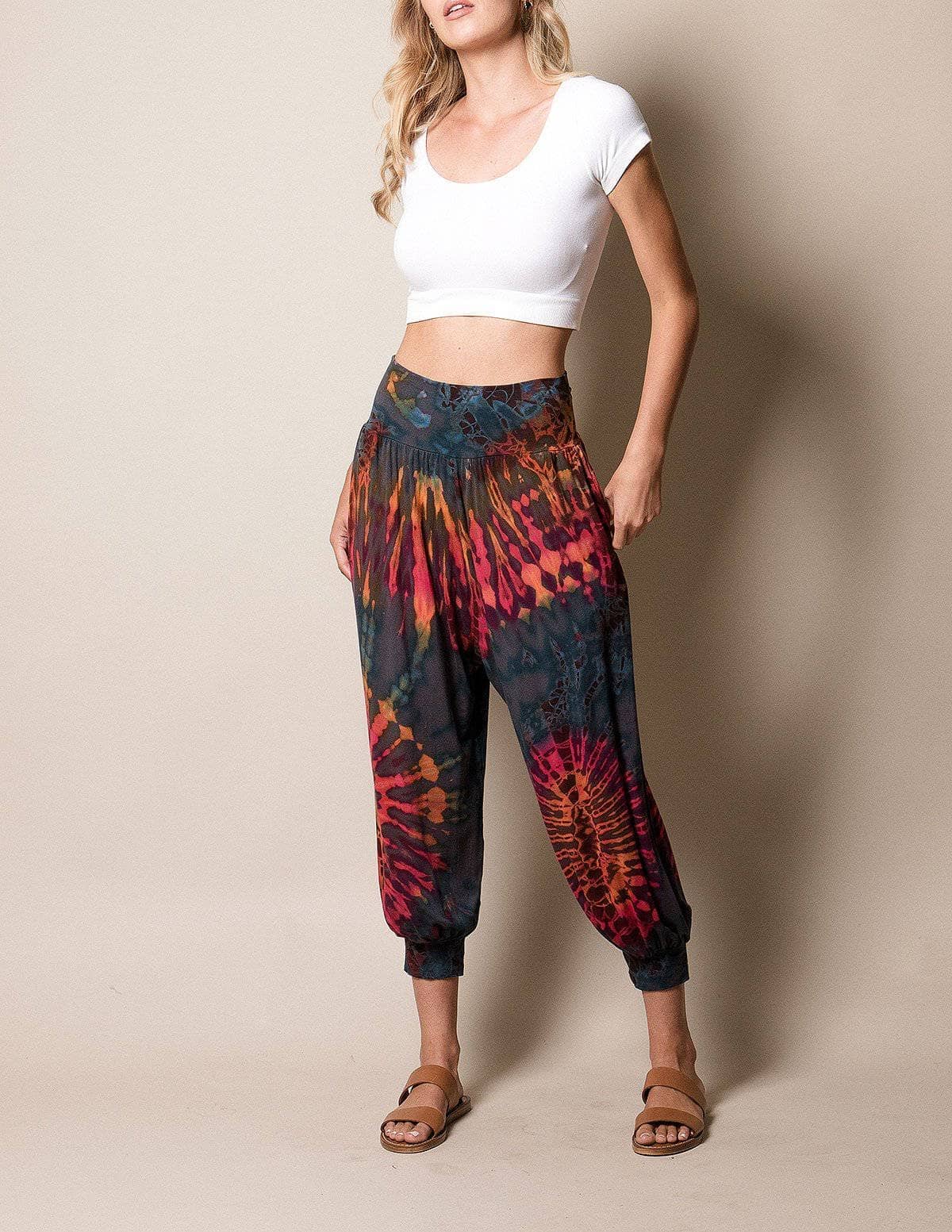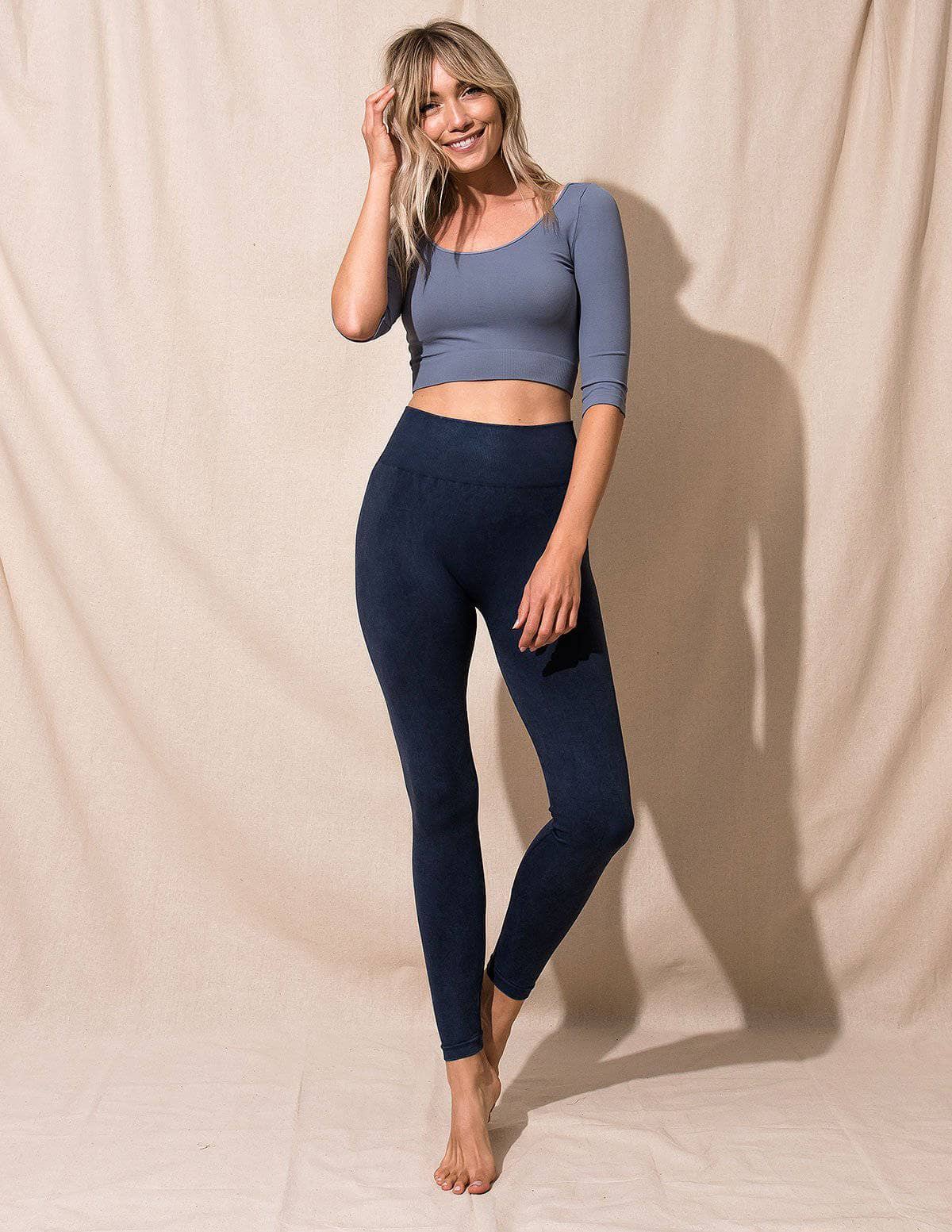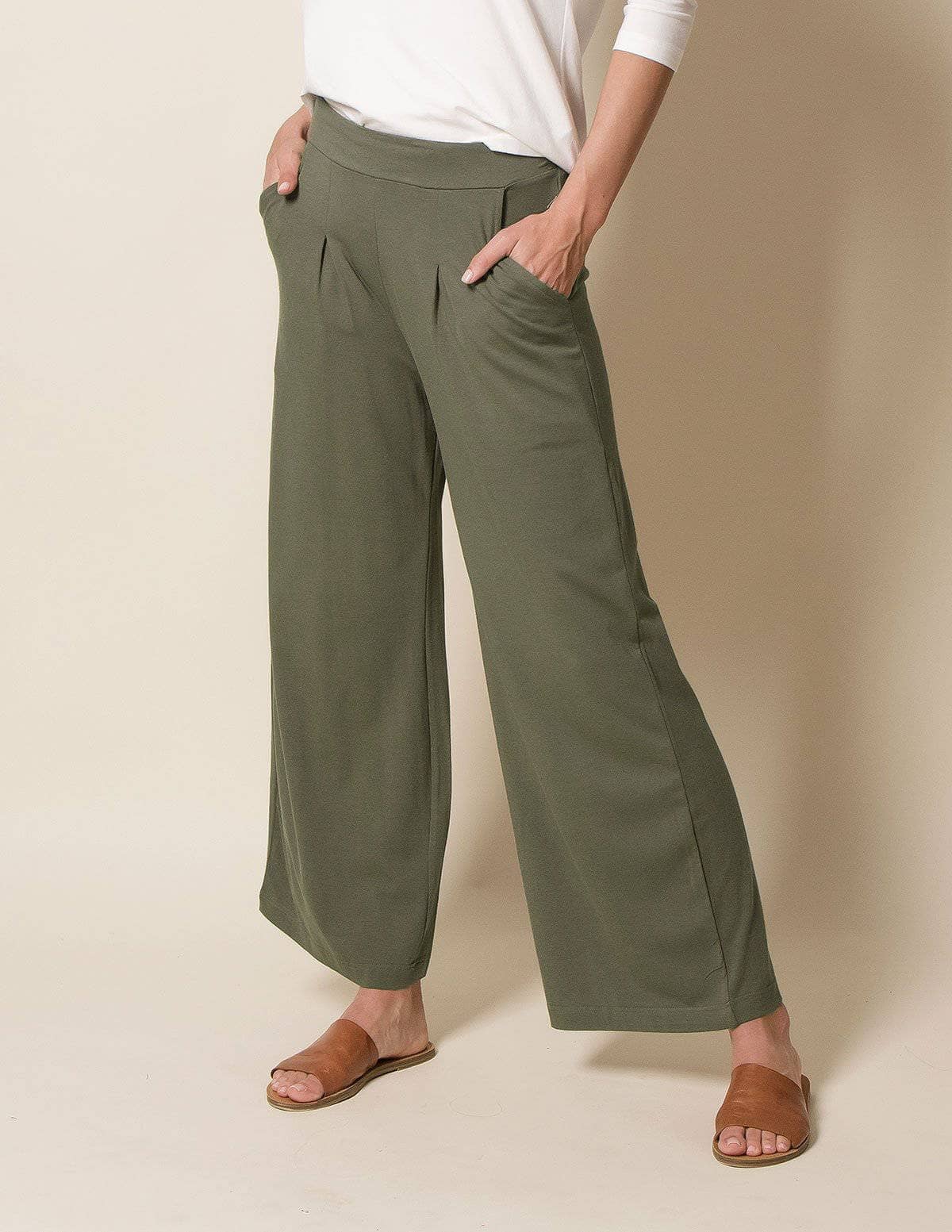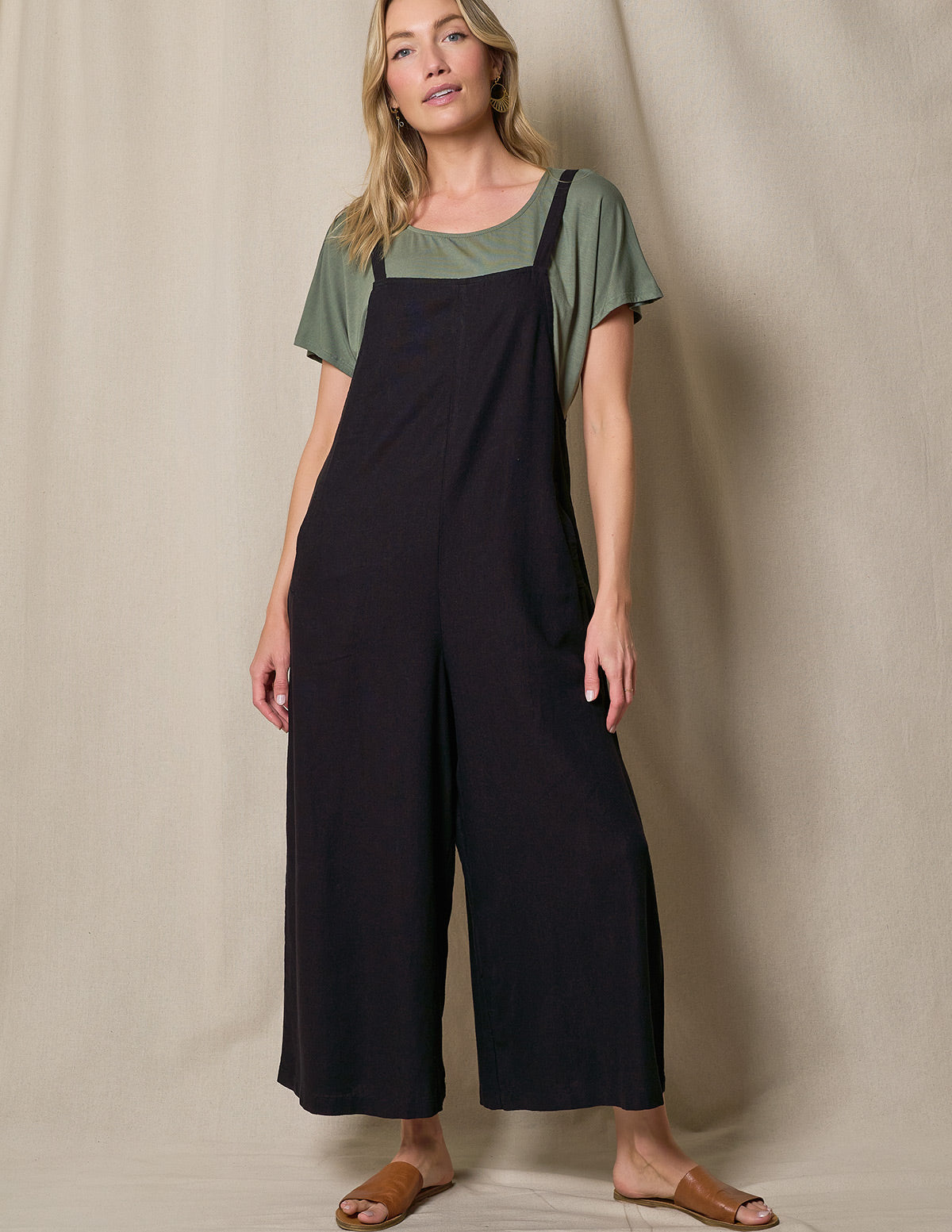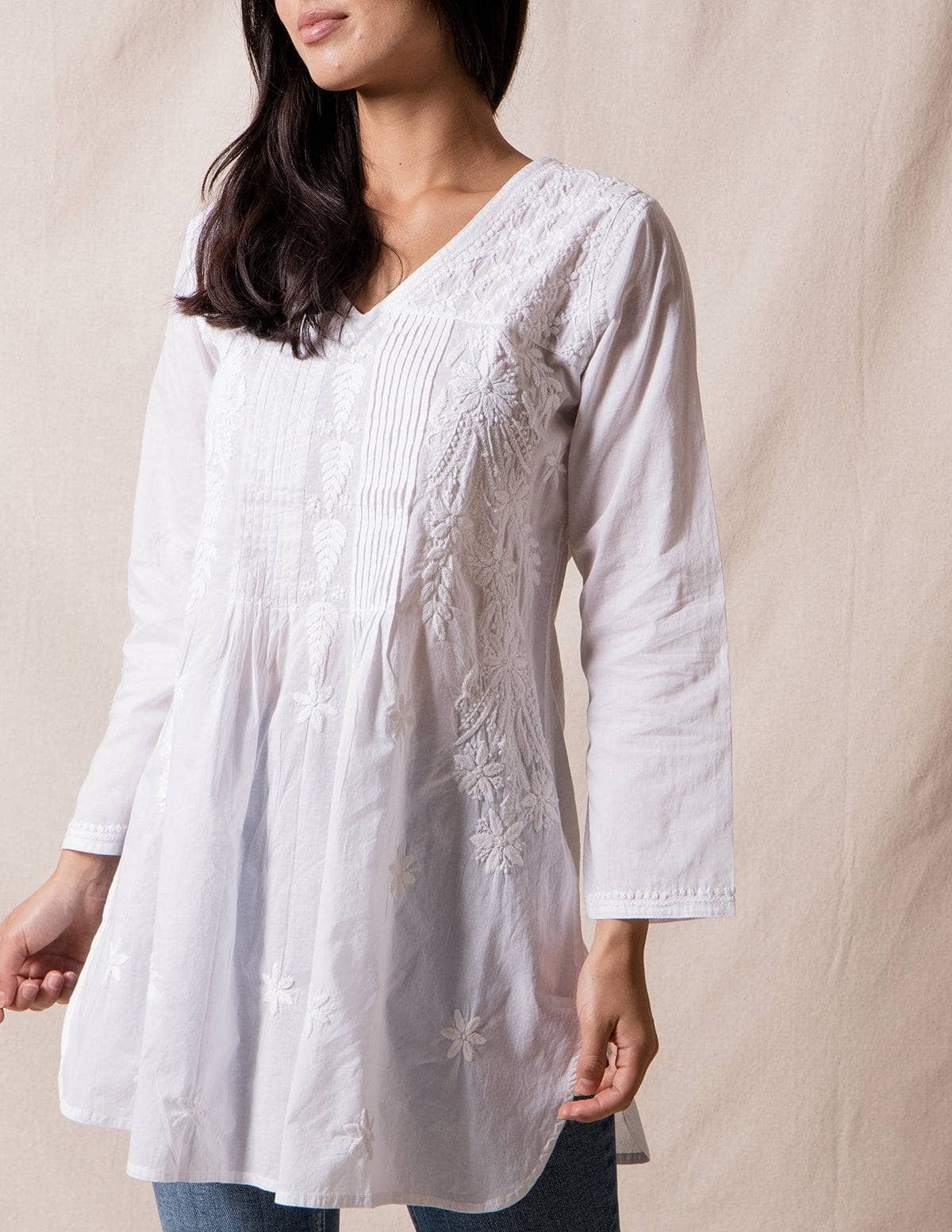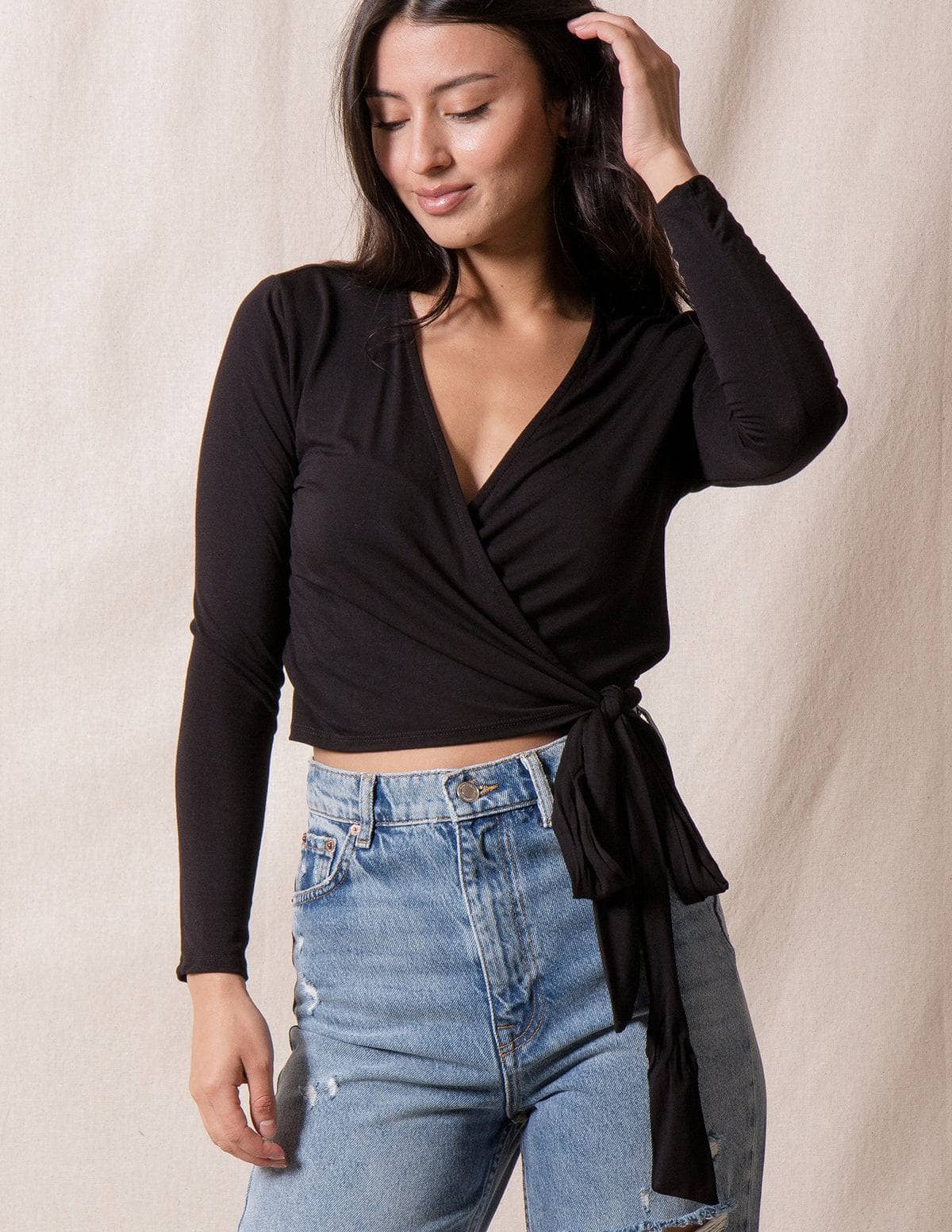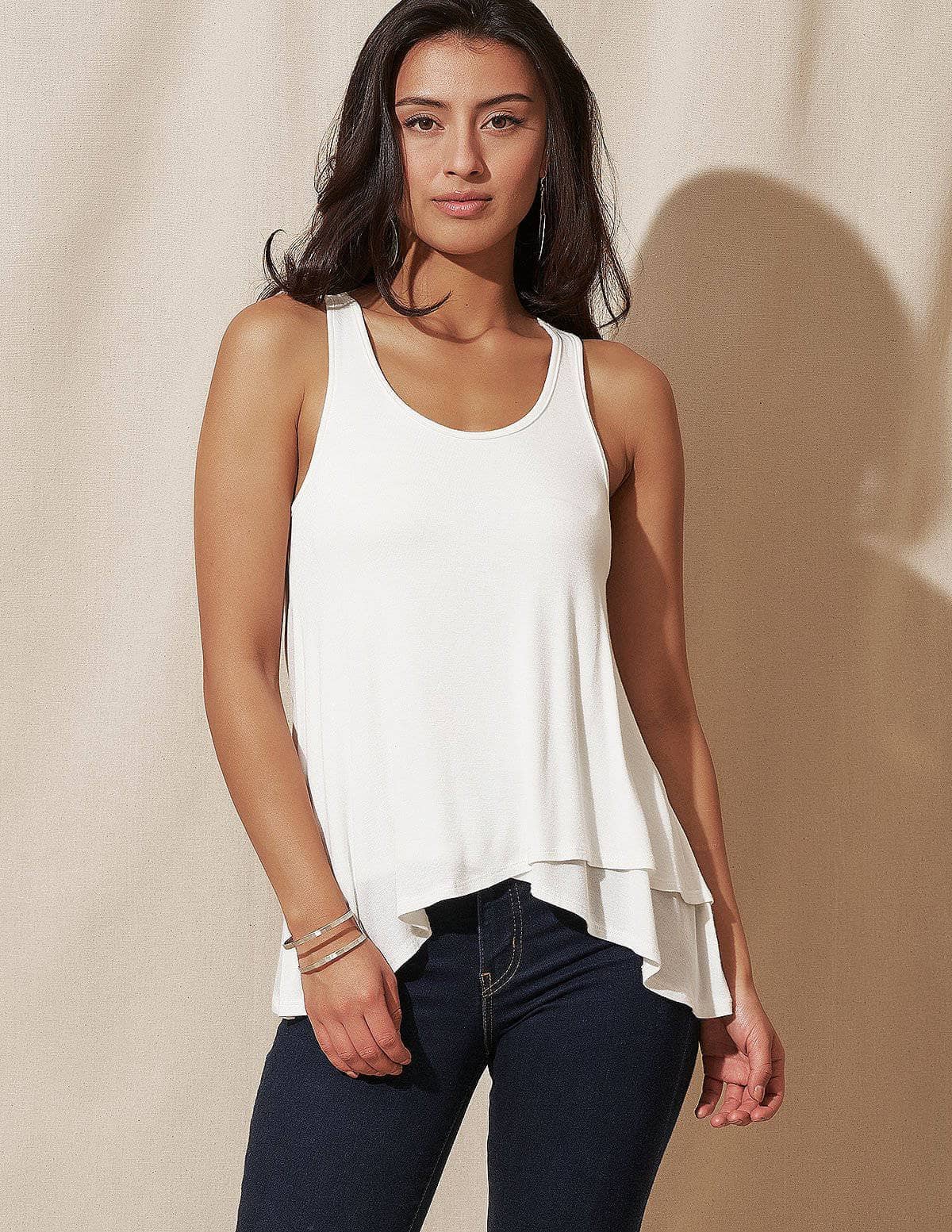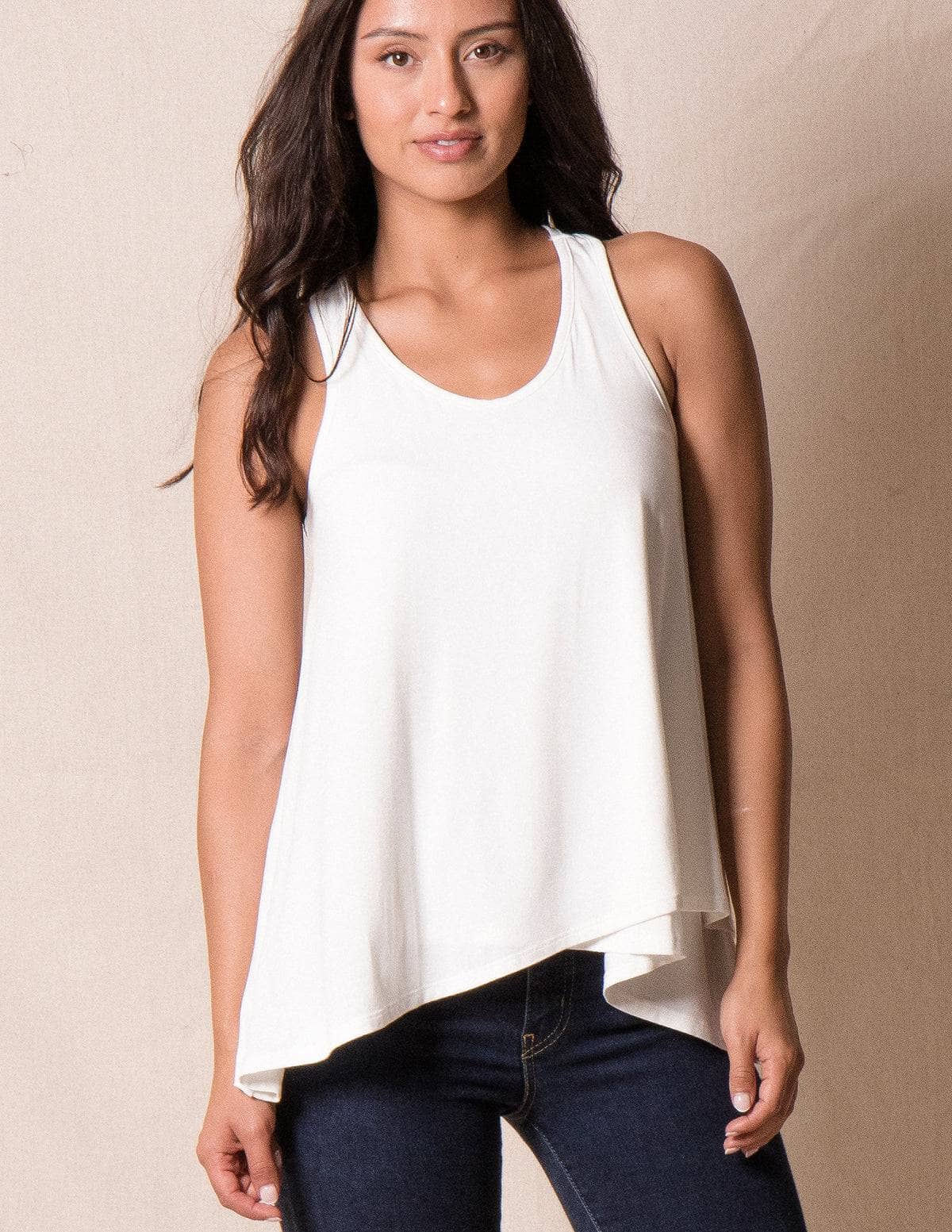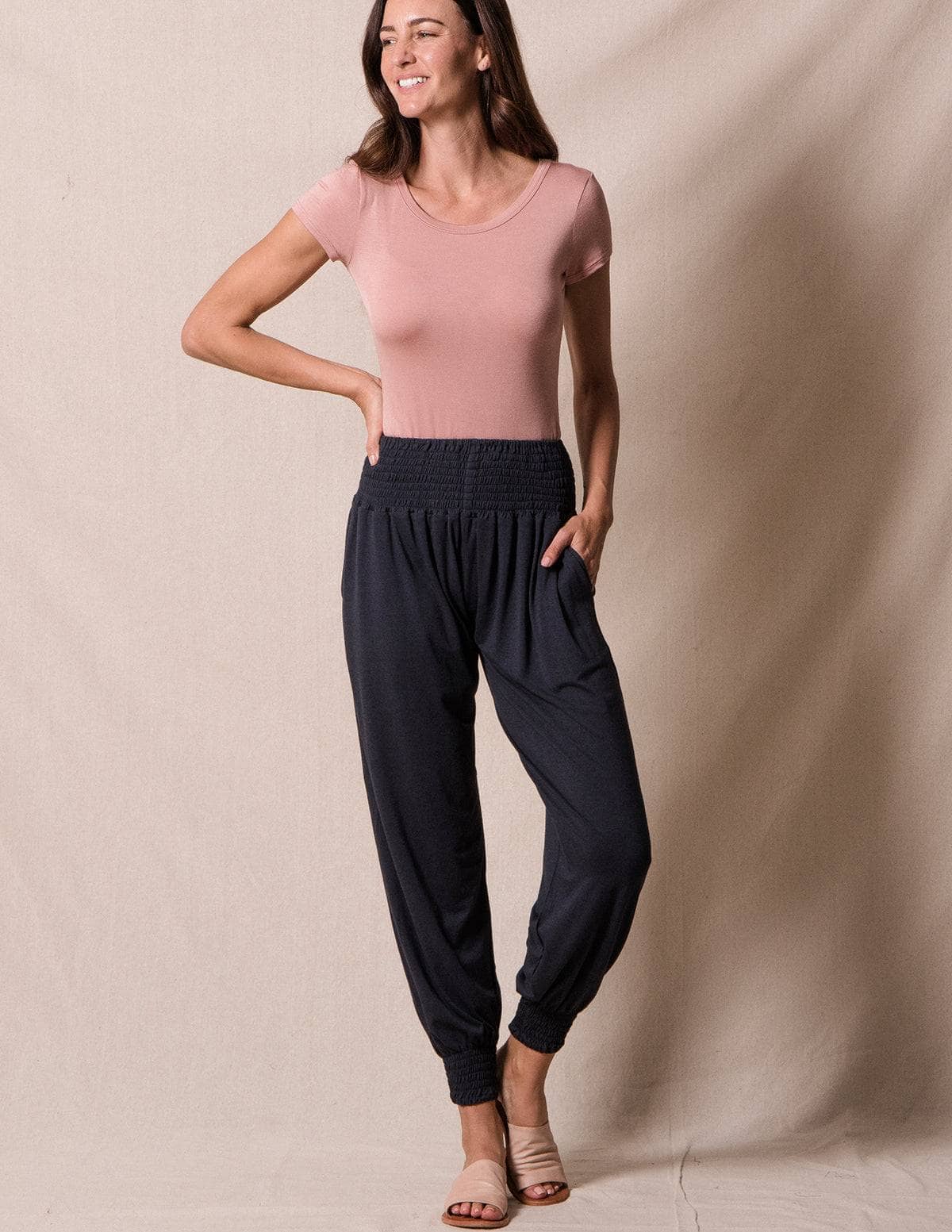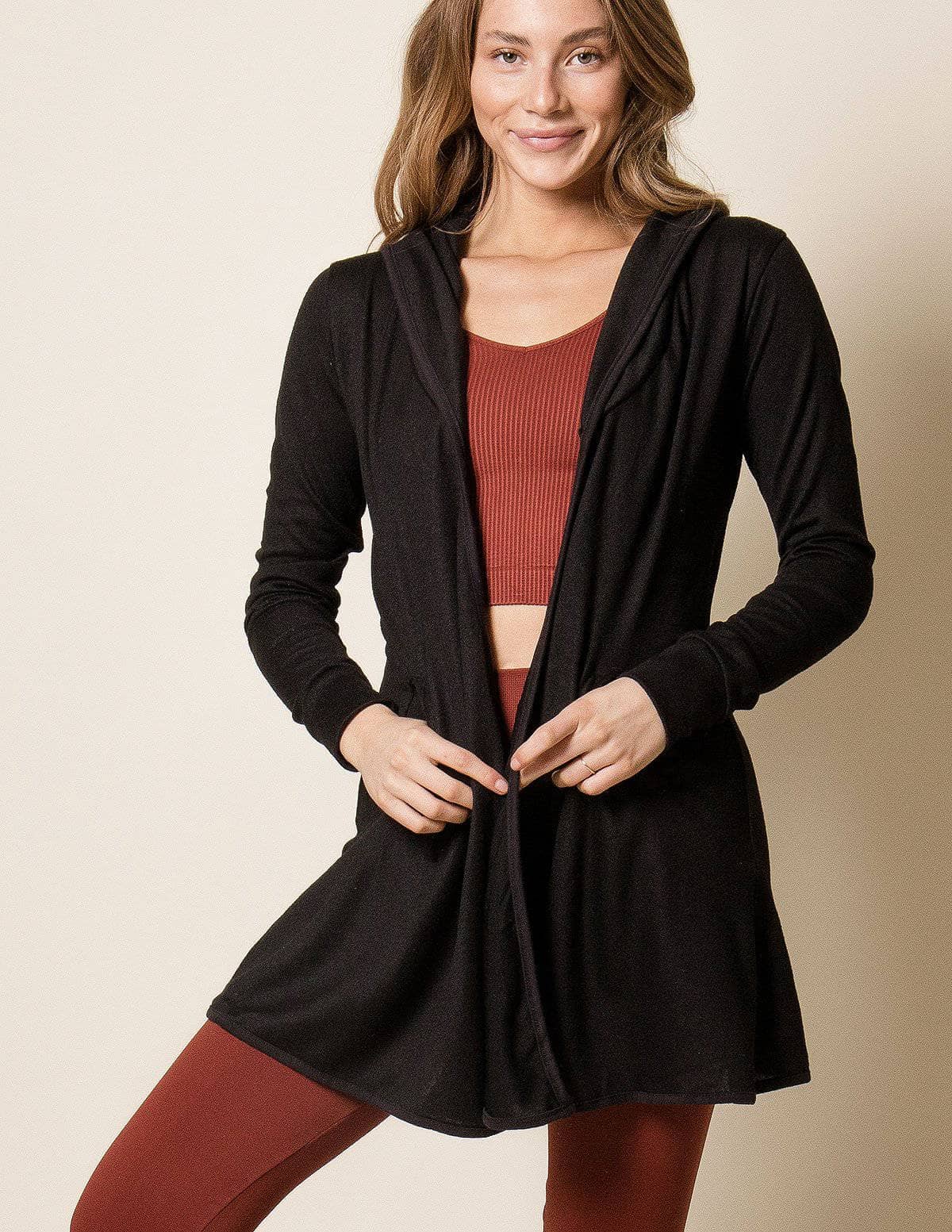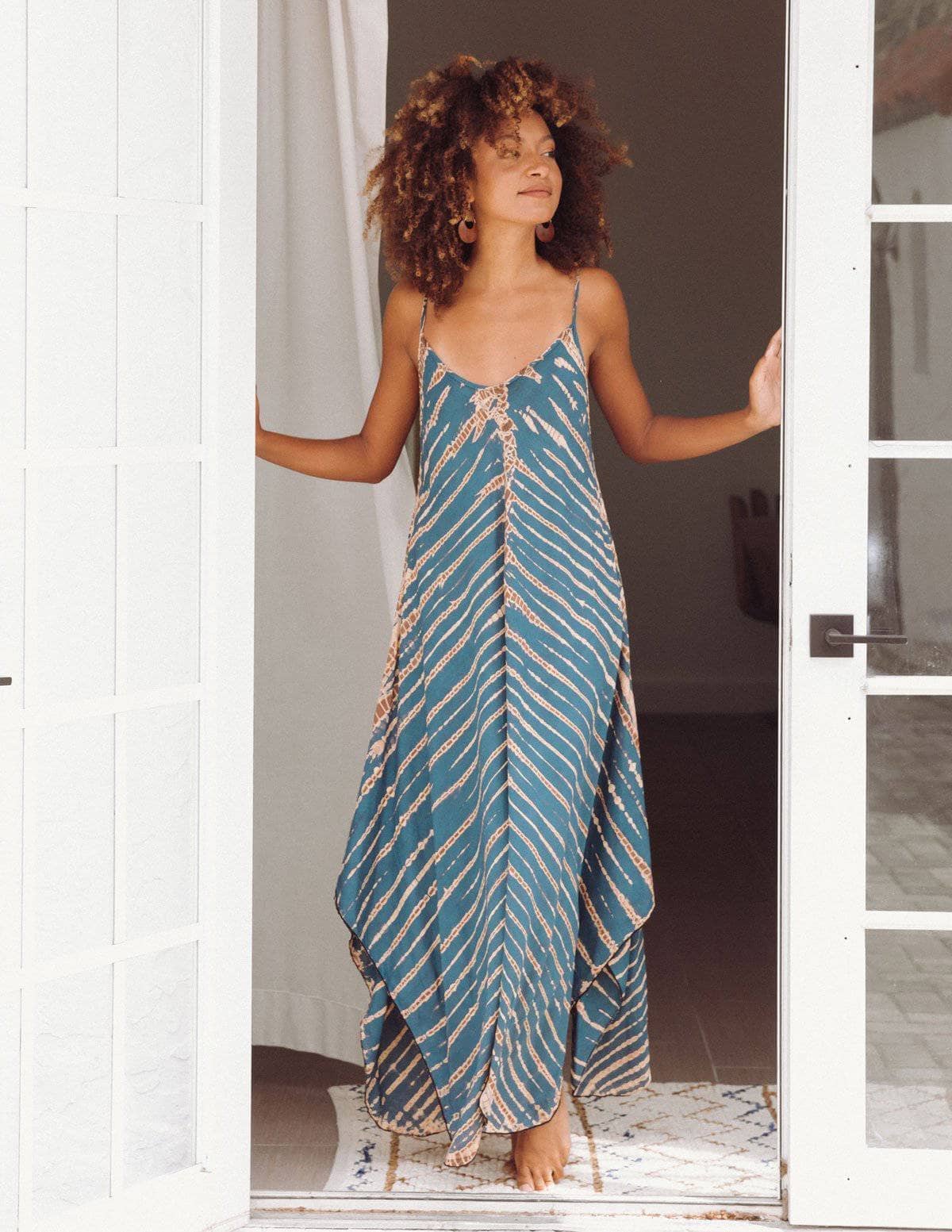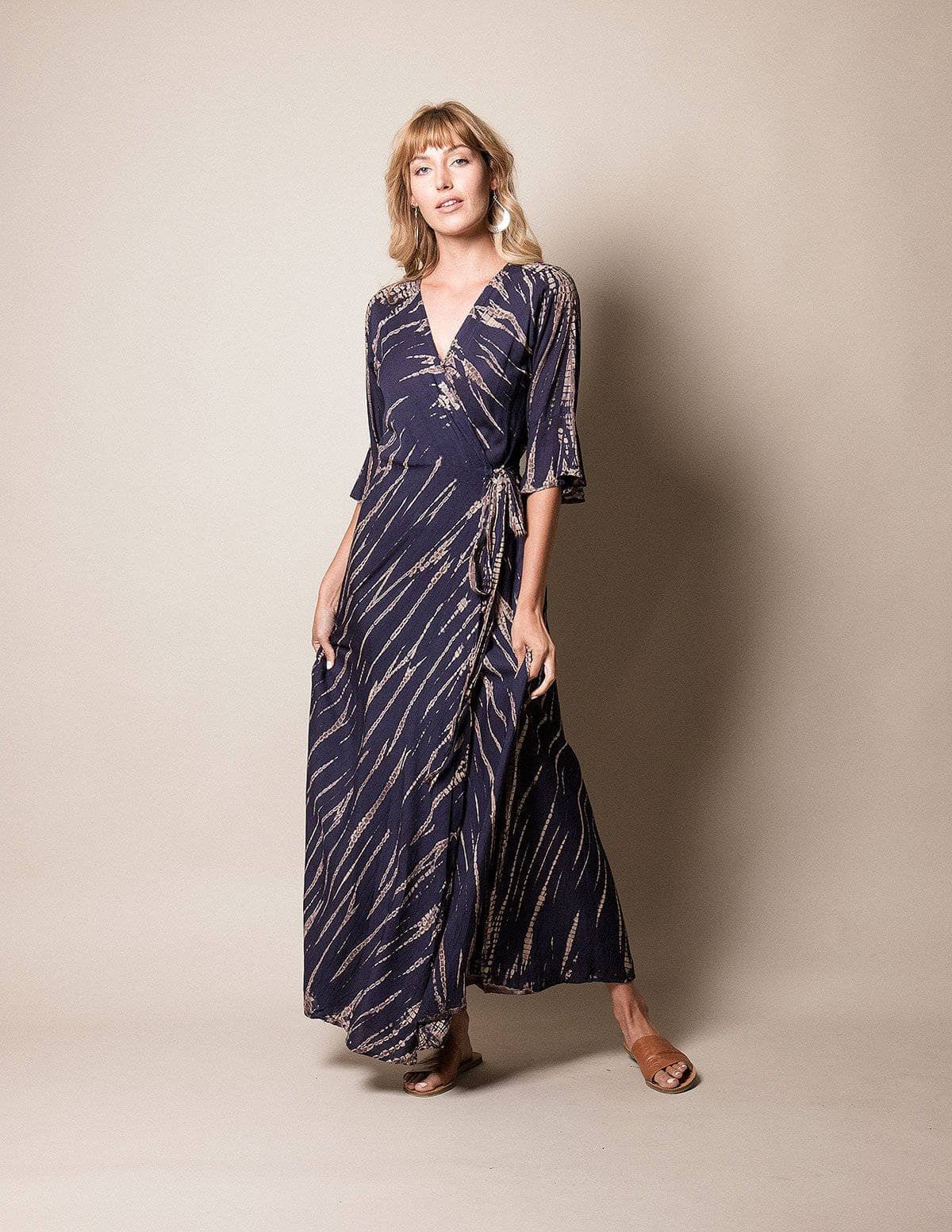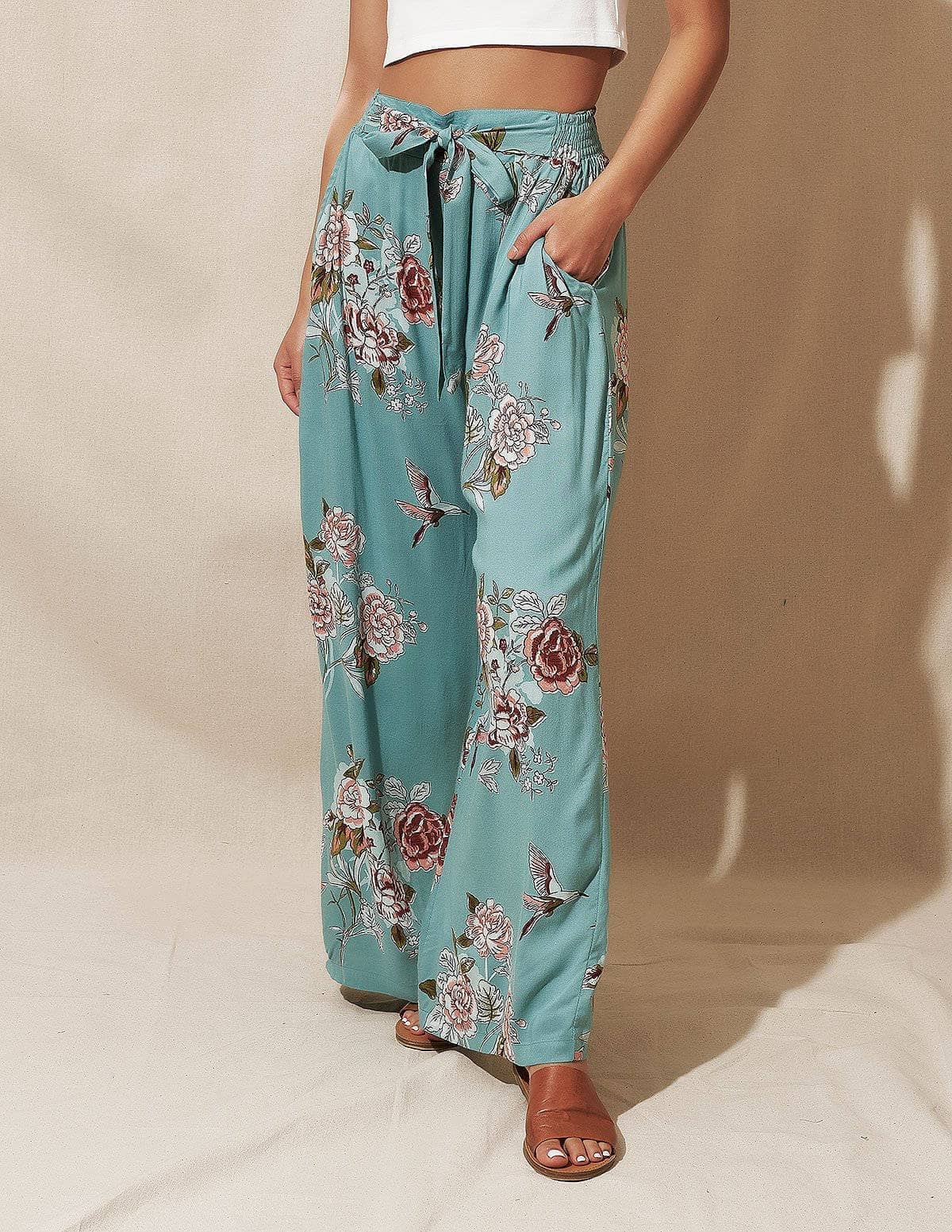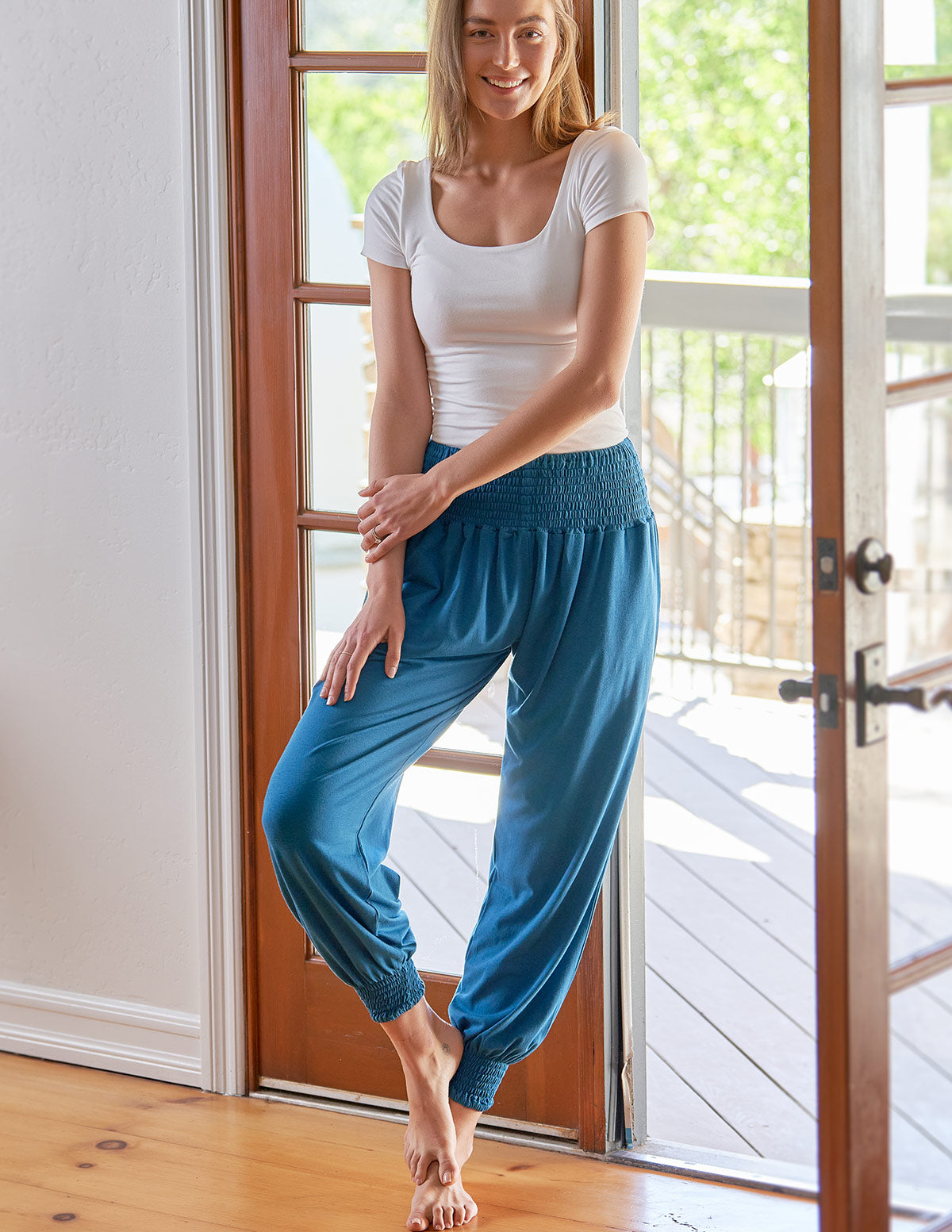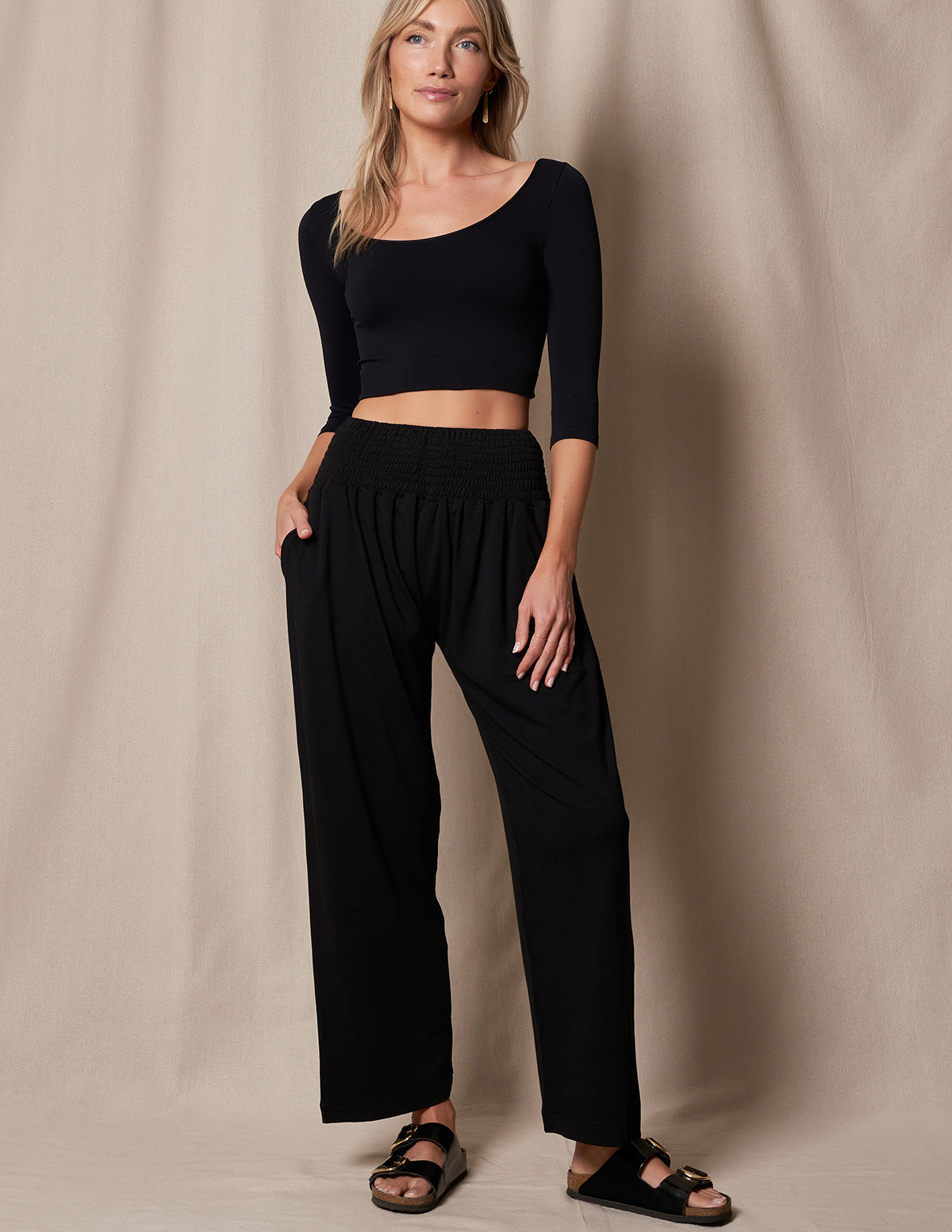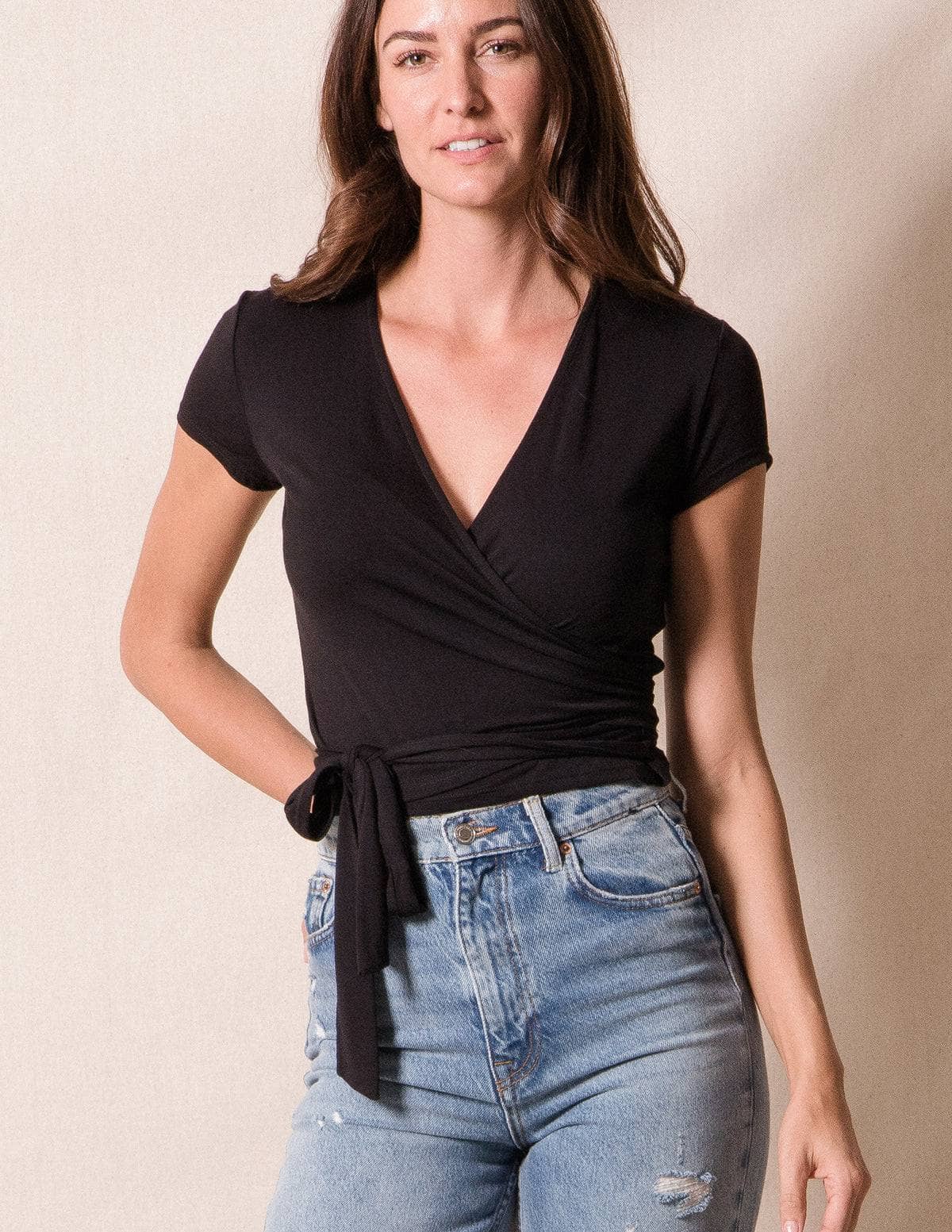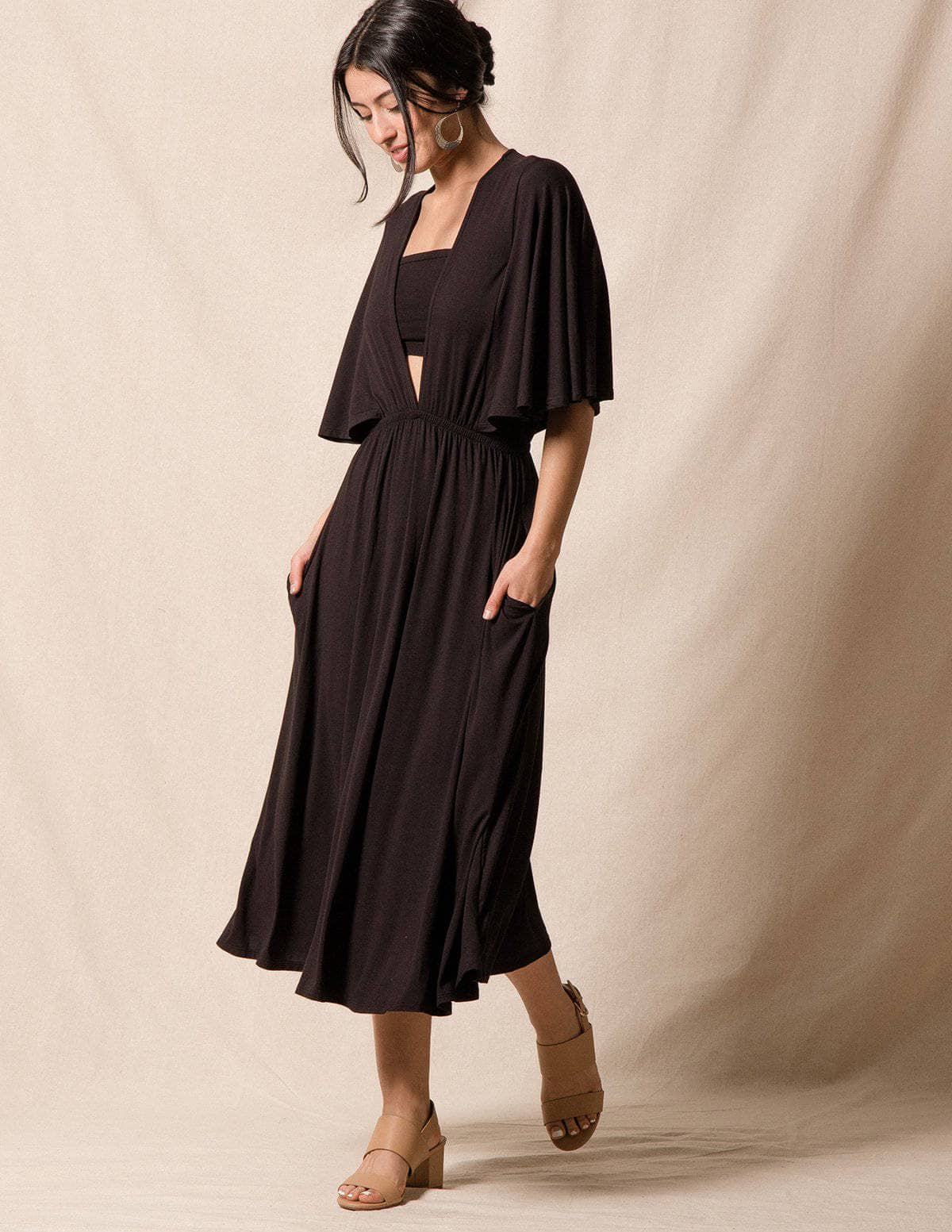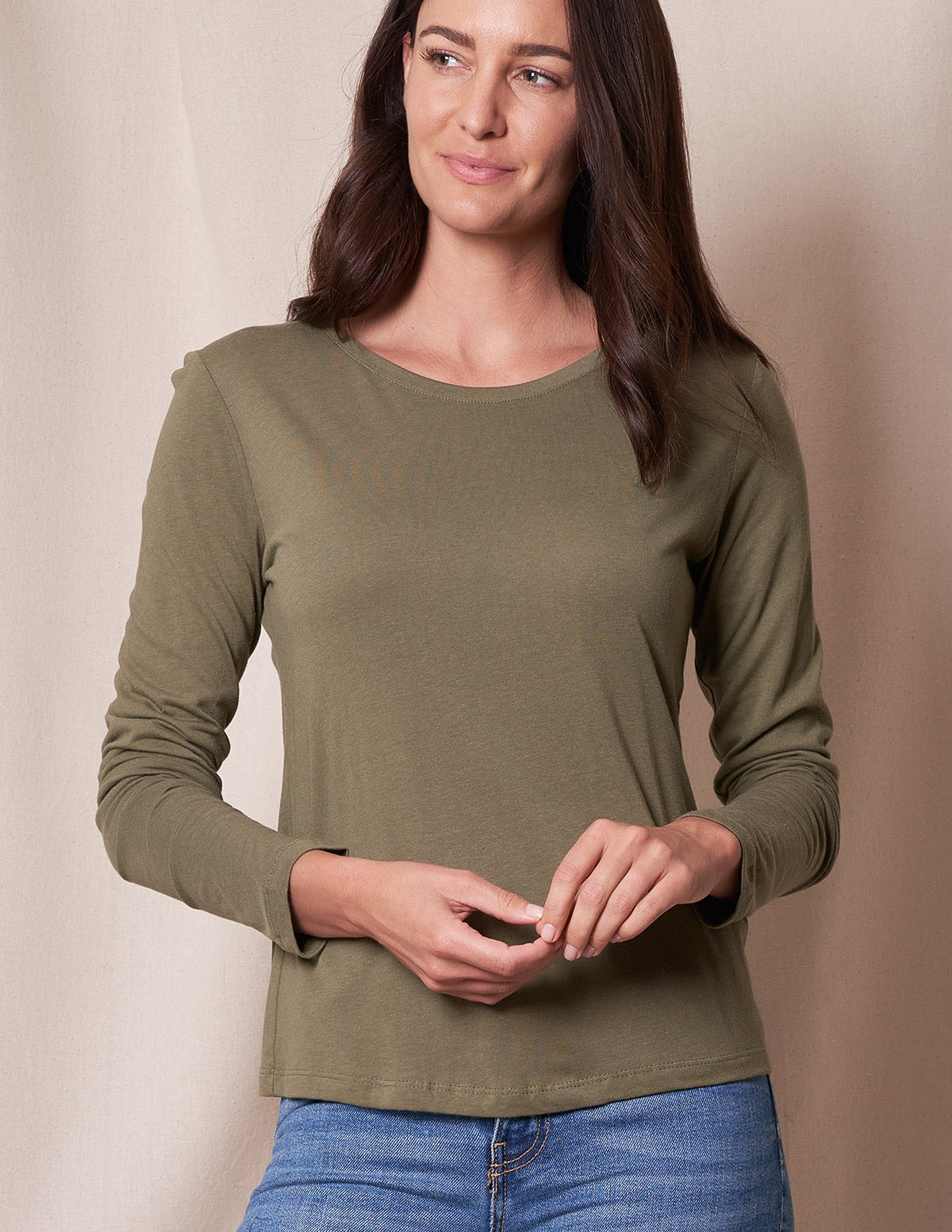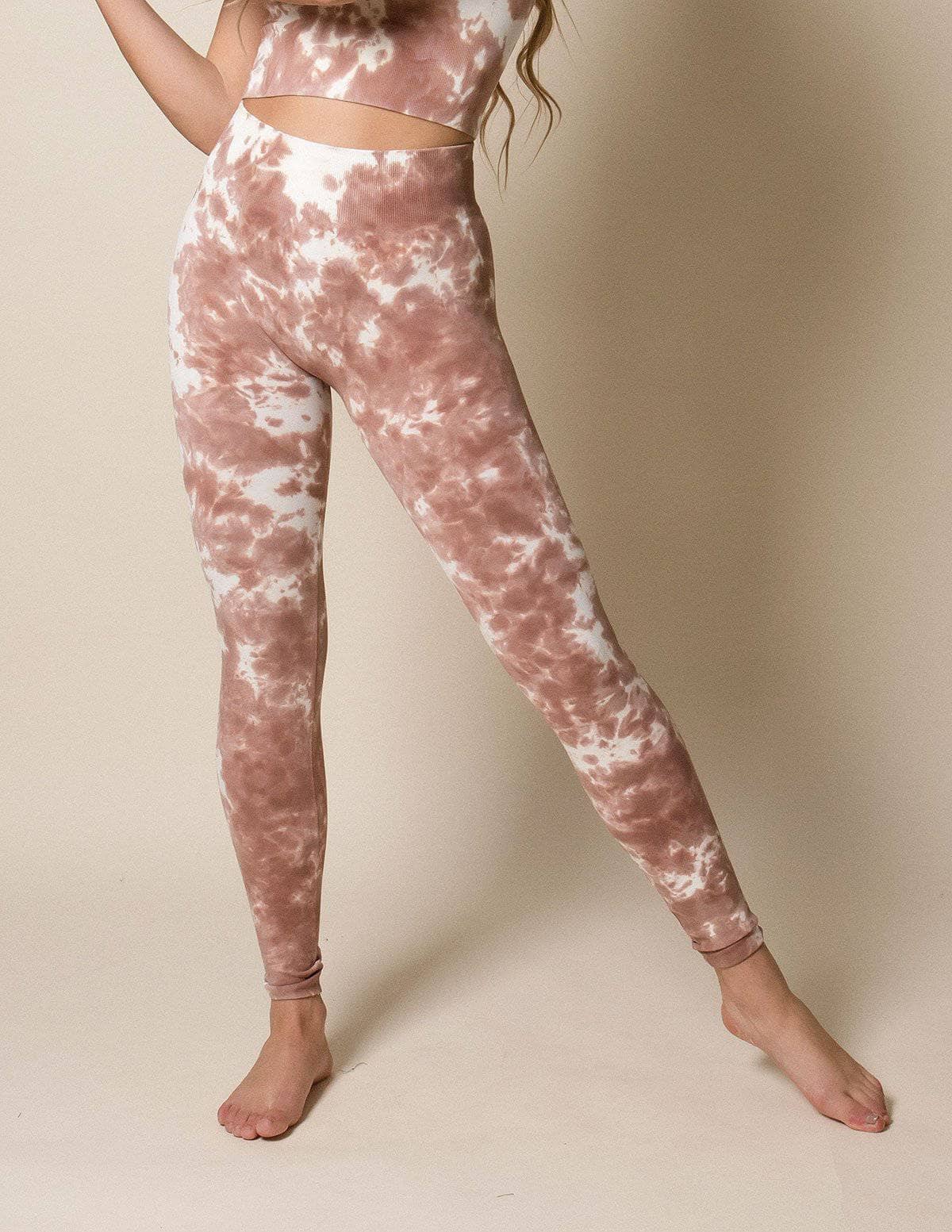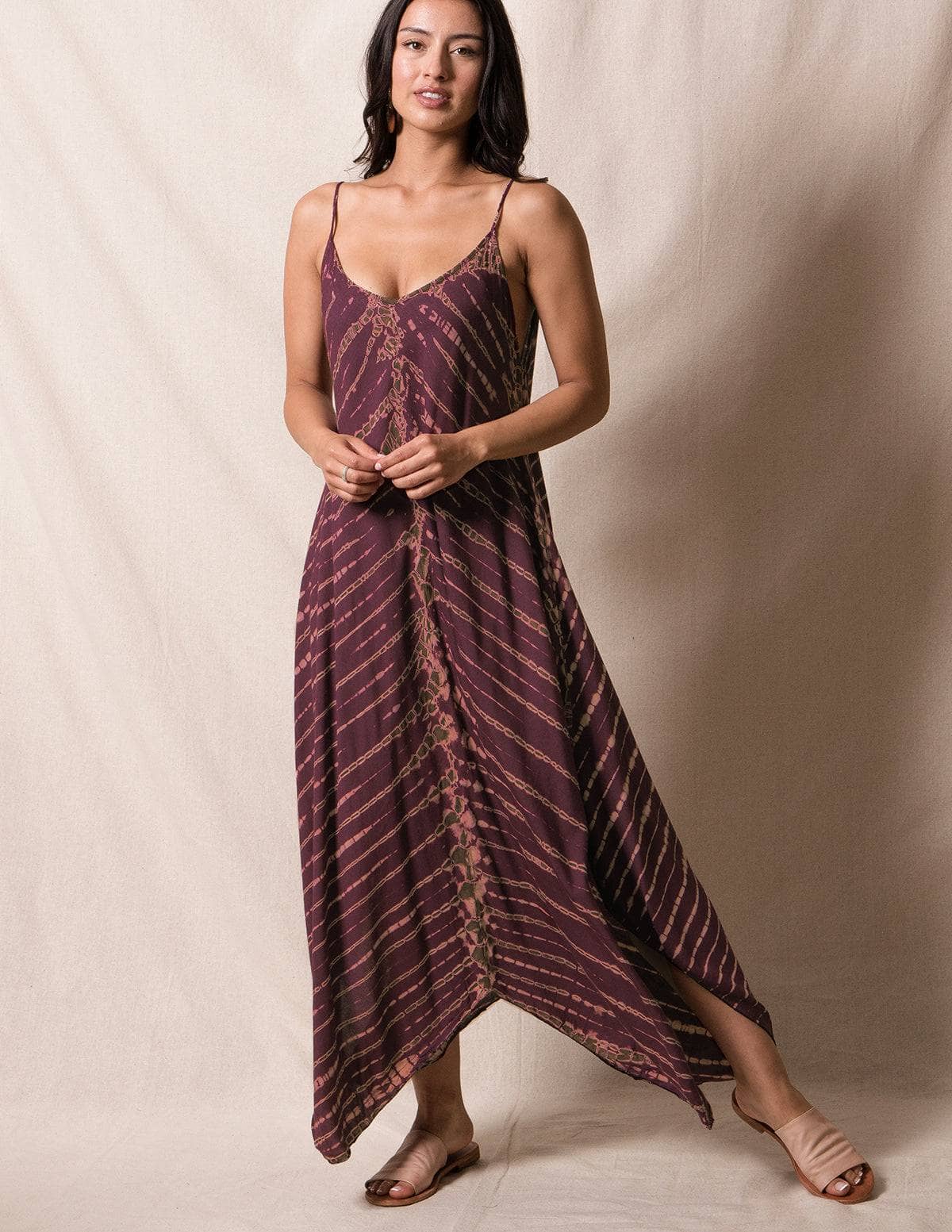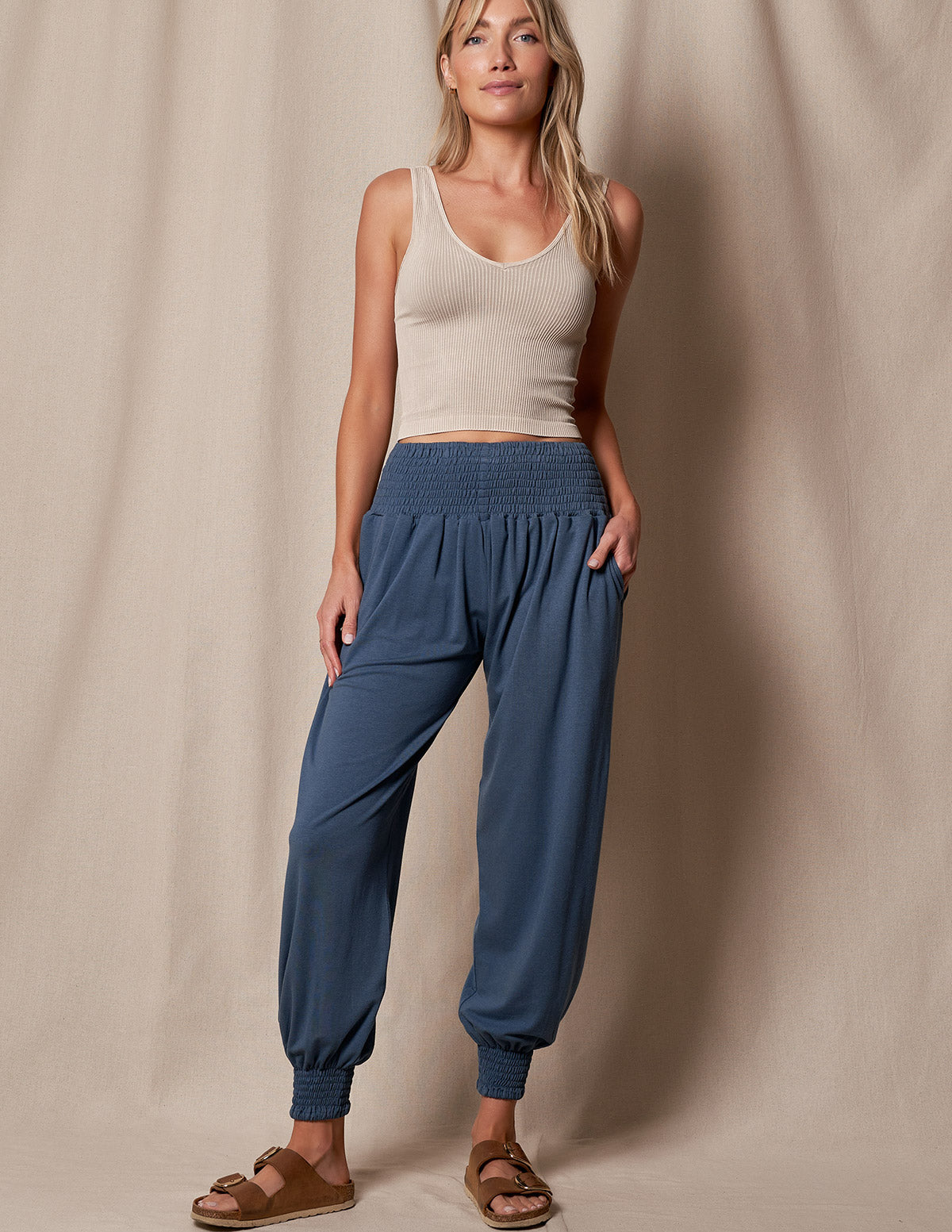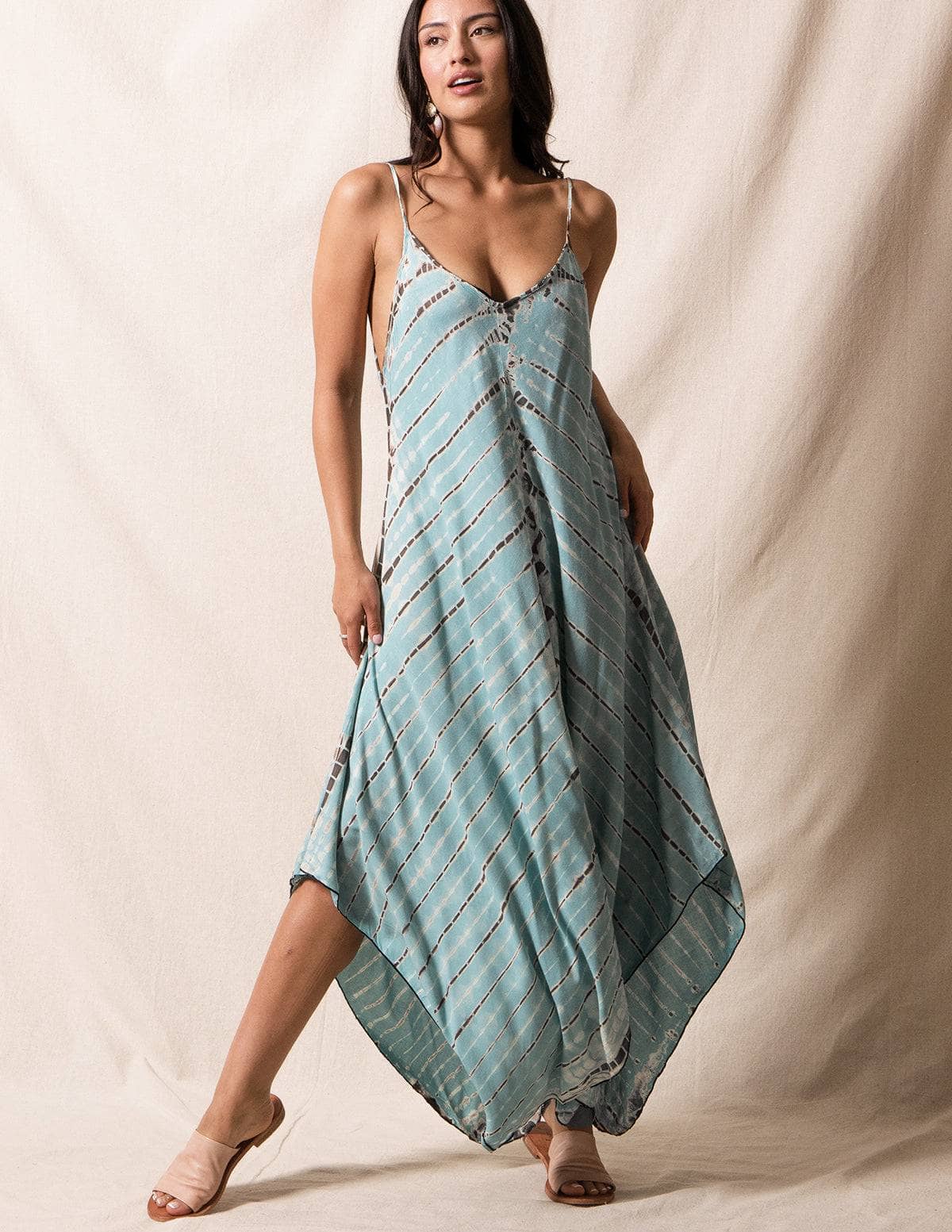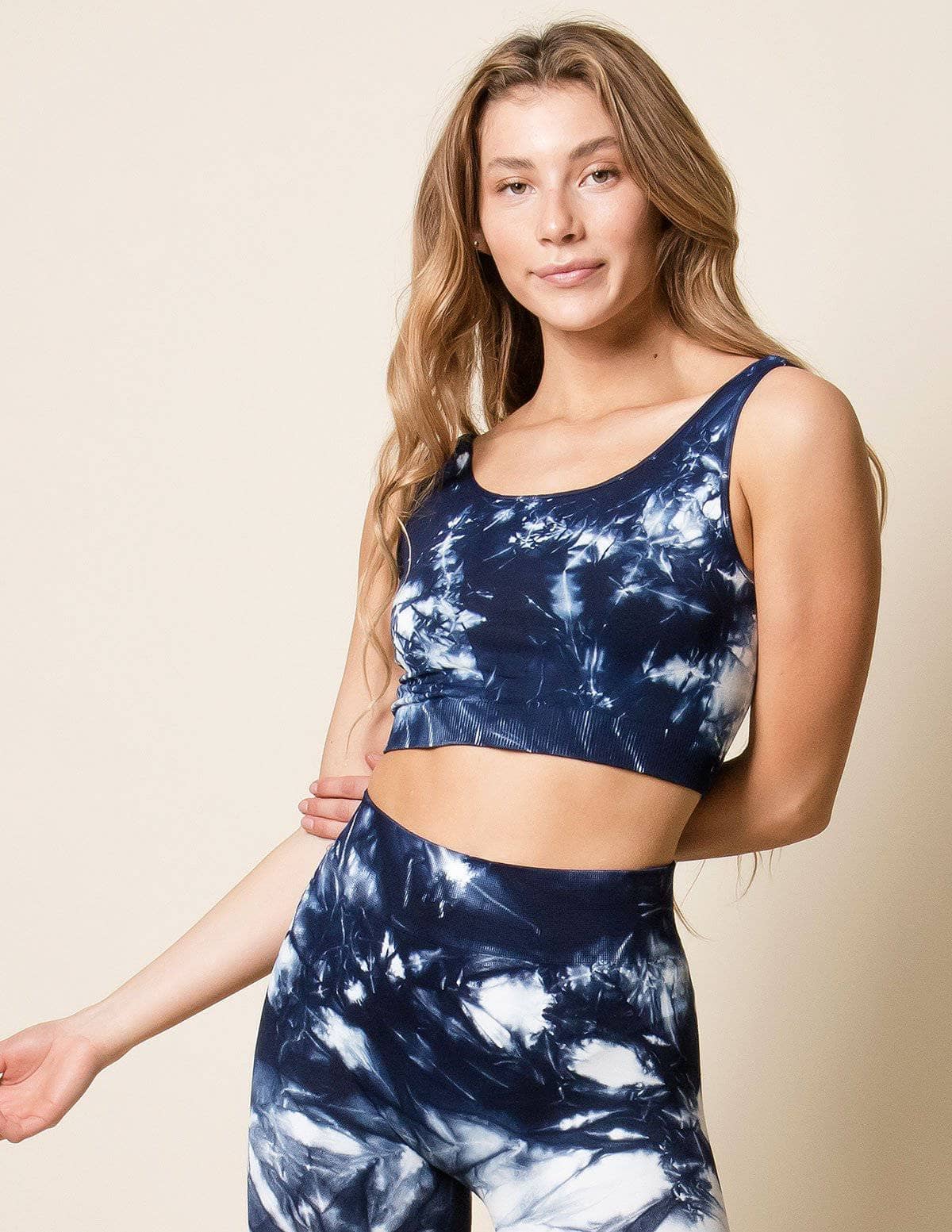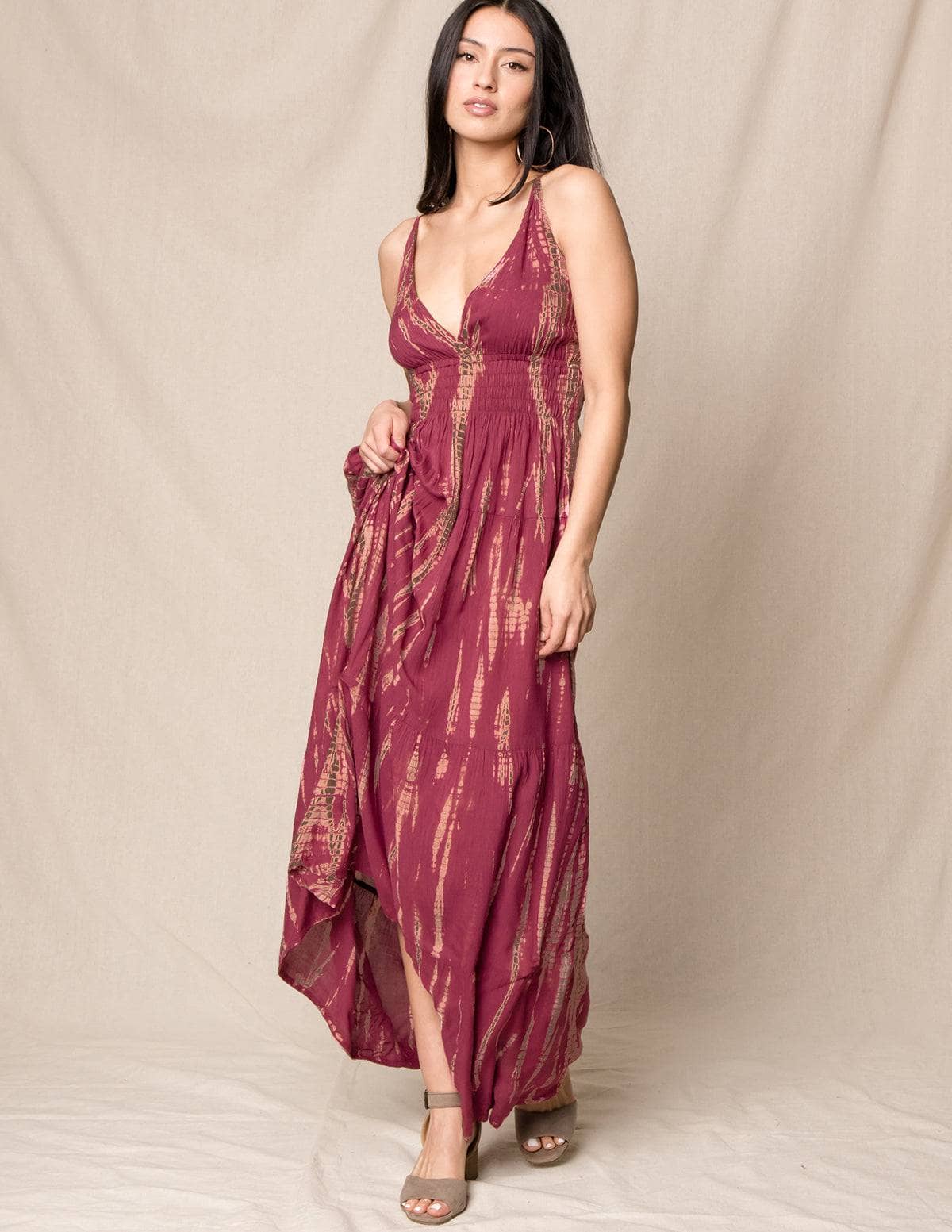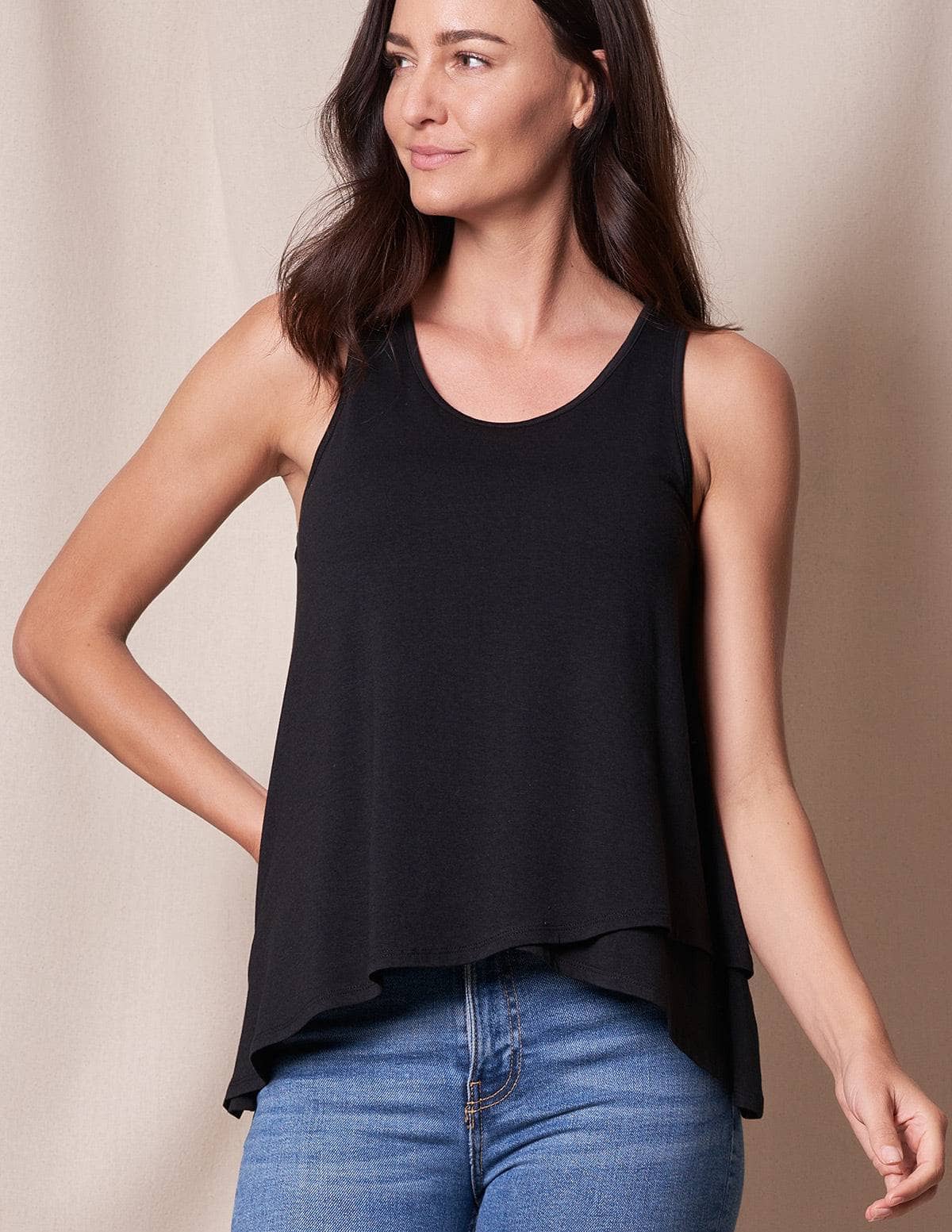
In an ongoing effort to reduce our carbon footprint and make conscientious decisions when it comes to what we consume, it helps to know which fabrics are kinder for the environment. Cotton has long been considered a sustainable staple for your wardrobe - not to mention being a truly comfy and easy-breezy fabric. But now there’s also bamboo on the scene - a cost-effective, soft, and breathable textile that is suddenly taking the world by storm. But which is truly better for you and for Mother Earth - bamboo or cotton? We take a look at the ins and outs of each of these fabrics before comparing and contrasting the pros and cons so you are armed with all the info you need to make greener decisions when it comes to your closet.
Bamboo Fabric – All You Need to Know
Let’s start with bamboo. Bamboo has been around for centuries and has been used for many things from medicine to construction and now it’s being used for fabric. With a wealth of amazing qualities, bamboo fabric making dates back to Asia and the 19th century but being spun into clothing in the west is a more recent development that started happening in the early 2000s. Soft as silk, moisture-wicking, thermal regulating, and with plenty of eco-friendly benefits, there’s a lot to love about bamboo fabric.
How It’s Made
The bamboo plant is one of the quickest growing plants in the world and can shoot up by 1.5 inches an hour. This means that it regenerates at such a high speed that it is a renewable resource. There are several ways of turning bamboo into fabric and this is why you will see different names on the labels of bamboo clothes - such as bamboo viscose and bamboo lyocell.
The process of turning bamboo into something wearable starts with the cellulose fiber of bamboo being pulped into bamboo chips. In bamboo viscose, these chips then go through a chemical process to turn them into a wood pulp-like material that can be spun, combed, and woven into threads. These threads can then be turned into fabric. Some of the chemicals used in this process include carbon disulfide and sodium hydroxide. However, bamboo lyocell is crafted in a similar way but doesn’t use any toxic or harsh chemicals in the process which makes it a much more eco-friendly option than viscose.
Bamboo Fabric Benefits

Bamboo is getting everyone excited and for all the right reasons. Bamboo fabric is soft, hypoallergenic, supremely durable, and keeps you cool in the summer and cozy in the colder months thanks to its thermal regulating capabilities. Here are some other benefits you can enjoy from the buttery soft material.
- As it has no natural pests, bamboo can be grown without the need for pesticides or fertilizers which means it doesn’t contribute in this way to damaging the soil or water supply.
- Bamboo needs a lot less water compared to other plants
- It’s a regenerative plant, meaning that it can be harvested more than once as it grows super fast and easy.
- Bamboo also swallows up a ton of Co2
- It also contributes to better soil quality
- Bamboo fabric is hypoallergenic
- It is also moisture-wicking and thermoregulating
- Bamboo fabric is naturally antibacterial and antimicrobial making it great for sensitive skin
- It is also breathable and incredibly soft against the skin
- Bamboo is also easy to care for and you won’t have to worry about pilling
What are the disadvantages of bamboo fabric?
While there are a ton of positives that come with beautiful bamboo there are also some disadvantages too. Knowing the drawbacks can help you to weigh up the pros and cons and strike a balance when it comes to making your fabric choice.
- Some bamboo fabrics use chemicals as part of the manufacturing process. These chemicals can be considered toxic and are not so eco-friendly
- Bamboo can also be pricier than standard cotton, although it is still considered a cost-effective option in contrast with Egyptian cotton or organic cotton.
- Bamboo fabric can also take a little longer to dry than regular cotton as it holds more moisture. However, in all other care aspects, it is considered to be a low maintenance fabric.
Cotton Fabric – All You Need to Know
Cotton needs little introduction as it’s a staple fabric that has been filling our closets for hundreds of years. It comes from the cotton plant and has been used as a textile as far back 5000 BC. Many cultures have called on cotton and it can be found as a fabric staple in pretty much every corner of the earth - from India to the Americas, Europe, Arabia and Iran. There are many reasons why cotton is considered to be one of the fabric kings - it’s comfortable, breathable, hypoallergenic, it doesn’t cling to the body, and it’s pretty strong. But, it may not be the most sustainable solution which is why we are taking a closer look at all the pros and cons.
How It’s Made
Turning cotton into fabric can be a lengthy process as cotton plants can take over 150 days when it comes to their growing season. There are also a fair amount of steps involved in turning it from plant to product which is why the cotton industry is so sprawling - as it needs time and effort to meet demand. Cotton leaves are plucked from the fields using a defoliation technique. The cotton is then harvested from the plant by a machine before being placed into a cotton gin to separate the bolls and the seeds and to remove any dirt or debris. The cotton is then carded into long strand fibers using another machine and these fibers are then spun to create what we know as yarn. The yarn may then be treated or dyed before being woven into the fabric used to make all your favorite cotton products.
Cotton Fabric Benefits

As mentioned, cotton also brings a whole host of benefits to the textile table which is why it has been so popular for so many years. Cotton is an affordable, sustainable, and hugely versatile fabric. It’s also breathable and breezy which is why it’s such a summer staple. We take a look at some of the other enjoyable benefits of being around cotton.
- Cotton fabric can be affordable and regular cotton can be cheaper than bamboo.
- Cotton is also really easy to take care of.
- It’s considered to be a natural fabric that uses less harsh chemicals during production.
- Cotton is also a strong fabric as it is usually spun with a tight yarn giving it durable power.
- Cotton is also known for getting softer with every wash which makes it even more appealing in the long run.
- Cotton can range in price tag and quality with Egyptian cotton having a truly beautiful luxurious feel.
Cotton Fabric Downsides
While cotton comes with a heap of benefits, there are also downsides to this globally recognized plant that makes it perhaps not the number one fabric in this new world of sustainable options.
- Cotton doesn’t require a lot of chemicals during processing, but it does need a lot of fertilizers and pesticides during the growth period. Pesticides and fertilizers can have a negative impact on the environment including the soil and water supply.
- Cotton also needs a lot of water - on average you need 8,000 liters for every single kilo.
- Cotton can also strip and exhaust the soil it uses which means the soil will then need fertilizer to revive itself.
- Cotton fabric can also be rougher to the touch than other fabrics like bamboo.
Bamboo vs Cotton – The Showdown

So, bamboo or cotton? Which comes in as the most sustainable option and which has the edge when it comes to softness and durability, and is an all-around winner. Here we do a direct compare and contrast to see which tantalizing textile comes out on top…
Which One is More Sustainable?
While cotton has long been seen as the material making the top of the sustainability charts, bamboo may actually pique it to the post. Sure, cotton doesn’t require as much chemical intervention in the processing stage but it requires a huge amount of pesticides, fertilizers, water, and other resources to get it growing. Bamboo on the other hand needs very little in the growing stage and as it’s one of the fastest-growing plants in the entire world, it can easily keep up with demand without wreaking havoc on its environment.
Which One is More Breathable?
Both cotton and bamboo are known for their breathable qualities. Both feel light and soft against the skin and both are known for being able to help regulate temperature by keeping you cool in the summer and warm in the winter. However, bamboo maybe has the edge as it is also known for being a moisture wicking fabric meaning that it can actually wick moisture away from the skin so you don’t end up all sweaty.
Which is softer bamboo or cotton?
Bamboo can feel like silk against the skin whereas cotton can be hit or miss depending on the quality. Simple cotton can be a little rougher than bamboo. Of course, high-end luxurious cotton with a high thread count or something like Pima cotton or Egyptian cotton is known for being super soft and pleasurable to the touch.
Is bamboo more durable than cotton?
While both bamboo and cotton are highly durable, bamboo once more may have a few points more thanks to the composition of its fibers. Bamboo fibers tend to be thicker and stronger. Bamboo will also hold its color better if it’s dyed. However cotton is also a long-lasting material that is known for growing softer with age.
Which is more comfortable to wear, bamboo or cotton?
Cotton can feel like a kiss against the skin, but bamboo has a silky softness that is extra special. Bamboo has a weave and a rounder structure to the fibers that move with ease giving it a smoothness that can sometimes be missing from the rougher feel of cotton.
Bamboo sheets vs cotton sheets
When it comes to what feels best beneath the sheets, both cotton and bamboo have their own legacies of comfort and the ability to help regulate temperature. Cotton is a classic bed sheet choice and is known for being soft and tactile while being able to hold a little more heat. It’s worth remembering that cotton can wrinkle a little more than bamboo but bamboo is also more absorbent so will take a little longer to dry. Bamboo is a great option for those looking to kick out the night sweats and for those wanting moisture-wicking properties. Bamboo sheets are also soft and durable and again as they have a rounder thread they feel super smooth against the skin.
Bamboo vs Cotton: Our Verdict
While cotton has long been considered the most eco-friendly fabric out there, we think bamboo is a worthy contender. Cotton still has a lot going for it but the sheer level of resources it needs during growth and to meet demand can strip it of that sustainable status. Bamboo on the other hand, while it may use some chemicals in processing, requires so little in terms of environmental impact and can produce so much that it truly is raising the stakes when it comes to sustainability.
If you want to explore more, check out our soft, skin sensitive, and beautifully breathable bamboo products.











